For 14 years, civil war devastated all aspects of life in Liberia. From 1989 - 2004, nearly 200,000 Liberians lost their lives, while millions were displaced to neighboring countries.
Liberia’s educational infrastructure was particularly hard hit. More than 80% of schools were damaged or destroyed during the conflict, and nearly 5,000 teachers left Liberia to escape the violence. Girls and woman were dramatically affected by the lack of education, creating a generation of over-age women in Liberia’s current educational system.
With wide spread violence coming to a close in 2004, Liberian citizens elected Ellen Johnson Sirleaf, Liberia’s first democratically elected President post-civil war, and Africa’s first female head of state.
She Looks Back, funded by the American Institutes for Research (A.I.R.), explores the current state of girls education in Liberia from the prism of two young students, Rose and Tina. The film tracks these girls as they face challenges that stem from the civil war, as well as gender-based discrimination, which often keeps them from attending school regularly, if at all.
The film also explores a research program funded by A.I.R. and implemented by USAID, which seeks to understand the challenges girls face in Liberia, as well as track several potential solutions for those challenges over the course of three years. The goal of this project is to develop and learn methods of keeping girls in school that work specifically for girls in Liberia.
Credits
Interviews: Mryline Keculah, Lorpu Mannah, Tina Tyron, Rose Kollie
Director, GOAL: Lisa Deyo
Gender and Education Specialist, GOAL: Mryline Keculah
Project Manager, GOAL: Kate Fleming
Director, International Programs: Jane Benbow
Footage Courtesy of: World Vision New Zealand
Related Links
Background
LIBERIA: DESCRIPTION AND STATS
January 20, 2012
Country’s population of 3.5 million
According to the Poverty Reduction Strategy (2008-2011), 1.7 million Liberians are living in poverty and 1.3 million of them are living in extreme poverty. So most (3.0 million) of the population is living in poverty.
The war decimated the country and caused great human and material carnage as well as internal population displacement. Liberia’s infrastructure, institutions, governance systems and way of life have been irreversibly impacted by the fighting; constraining economic growth and curtailing the provision of health and education services outside of the capital city of Monrovia.
The war also caused large population dislocation, often decreasing the population size of villages and towns and swelling the size of the capital to three and four times its pre-war population size. Montserrado County (which includes Monrovia) now has over one third of the country’s population and is struggling under the weight of extending sewage, water, electricity and other basic services to its inhabitants.
Literacy:
In rural Liberia, approximately 31% of women are literate as compared to 61% for men. Thirty-eight percent of urban and 72.8% of rural women cannot read at all (to which one may add 9.7% urban and 11.5% rural who are only able to read part of a sentence.) (1)
Education sector:
The education sector suffered massive damage during the conflict and school enrollment for children was erratic during the conflict’s fourteen years. Seventy percent of schools were either partially or completely destroyed. A whole generation of Liberians spent their childhood and youth out of school, accounting for a large current over-age student population at the primary level. There are four types of schools in Liberia: public, community (subsidized by the government and considered part of the public domain), mission and private schools. Public and community schools account for 67% of the total enrollment at the primary level. Government schools suffered the greatest damage during the conflict with 31% of public and 22% of community schools completely destroyed, while 17% of public and 24% of community schools experienced major damage (2).
Many primary teachers were displaced or left the country and were replaced by volunteer teachers who did not meet the minimum (C-Certificate) qualification standards. In 2007, 62% of teachers in the system were unqualified and 40% did not even have a high school degree. Today, 55% remain unqualified. Furthermore, teacher salaries were suspended during the war. The lack of women teachers stems from the tendency for young women to drop out – because they are pregnant, because they are married young when leaving the Sande, because schools are not safe, etc. At this point, only about 10% of teachers are female. (3)
These issues coupled with the absence of direct government transfers to the county and district levels necessitated that public schools institute user fees. This resulted in a sharply increased drop-out rate which disproportionately affected girls. (4) The Gross Enrollment Ratio (GER) in primary for girls declined from 73% in 2000 to 36% in 2002, while the decline for boys was from 73% to 49%. That gender gap persists today at all levels of the education system.
Of the students enrolled in primary school in 2007/2008, 253,303 were girls and 286,584 were boys. The Gender Parity Index (GPI) in the 2007/2008 was 0.88 with large variations at the county and district level, ranging from 1.02 in Montserrado County to .67 in Grand Kru County. A large proportion of children under the age of nine are not in primary school and this contributes to the country’s low net enrollment rates. At the national level, the 2007/2008 primary level GER was 89% while the Net Enrollment Ratio (NER) was 33%, placing in evidence the large over-age school population. In fact, 58% of those who completed Grade 6 in 2007/2008 where between the ages of 14-18 while 23% of entrants into Grade 1 were between the ages of 7 and 8. (5)
Fifty-six percent of females and 39% of males have never attended ANY school. In the northwestern areas of Liberia, 70% of females have no education at all. (6)
Teenage pregnancy is one of the contributors to low girls’ enrollment, especially given the large population of teenage girls and boys at the primary level. Recent 2009 statistics show that 47.6% of girls aged 18 and under have begun childbearing, while 62.3% begin at ages 19 or under. (7) Girls who do get pregnant and drop out tend not to return to school. Although there is no national policy that prevents them from re-entering the school system, many schools do not allow the young mothers to re-enroll. Gender-based violence (GBV) and sexual exploitation abuse (SEA) are other factors in making schools inhospitable to girls. Events during the conflict years contributed to an expanded prevalence of GBV while the poverty level provides an enabling environment for SEA with girls often being coerced into exchanging sexual favors for grades, food and other basic needs.
Other factors constraining girls’ enrollment, retention and completion of primary school include: lack of proper facilities, especially latrines, that make schools "girl" and even "child" friendly; lack of accessible and appropriate learning materials; lack of relevant teaching materials, supplies, desks and learning equipment; large distances to school; and the dearth of female teachers in schools despite very recent efforts to recruit more women into the teaching profession.
Economic Issues
The Demographic Health Survey (DHS) reports that 59% of women and 78% of men are currently "employed", and that "rural women and men are more likely to be currently employed than urban resident." (8) (DHS, p. 37)
Regarding occupations, 55% of women and 53% of men are in agricultural occupations, and 37% of women and 21% in sales or services. Only 11% of all working men are in "skilled manual jobs", for which women are a much lower percent. Only 3% of employed women (and 8% of employed men) are in professional, technical or managerial fields. (9) (DHS, p. 40)
(1) Gender Assessment USAID Liberia May 2009
(2) Liberia Primary Education Recovery Program prepared for Fast Track Initiative, MOE, March 2007.
(3) Gender Assessment USAID Liberia May 2009
(4) Liberia Primary Education Recovery Program prepared for Fast Track Initiative, MOE, March 2007.
(5) A System in Transition, the 2007/2008 National School Census Report, MOE, October 2008
(6) Gender Assessment USAID May 2009
(7) Liberia Malaria Indicator Survey, 2009.
(8) Gender Assessment USAID May 2009
Goal
The American Institutes for Research (A.I.R.), established in 1946, conducts behavioral and social science research in the areas of health, education and workforce productivity. With projects going on both domestically and internationally, A.I.R. wanted to visually document the impact their projects have on people around the world. With new research programs beginning in both Zambia and Liberia, A.I.R. sought out MediaStorm to document the situation and produce a story about the real impact their programs are having in participating communities.
The Challenge
The main challenge for this piece was trying to find a way to make an ongoing research program both visual and engaging through video. International research programs are difficult to represent in a way that a large and diverse audience can connect with.
Additionally, there were many logistical challenges involved in planning a shoot in Liberia. The communities involved in the research program were often hours away from good roads and city centers, requiring preparation and planning on the part of both MediaStorm and A.I.R. to ensure that everything needed for the documentary was available.
The Solution
MediaStorm, in conjunction with A.I.R. staff, determined that the research program in Liberia, which centered around the education of women and girls, held the most visual potential for a documentary.
Once the broader subject was established, MediaStorm producers worked with A.I.R. staff on the ground in Liberia to scout for subjects and communities that would be willing to participate in the film. MediaStorm helped A.I.R. staff identify subjects that could carry the narrative of the film, and allow viewers to connect with their stories on a personal level.
Based on extensive documentation of the program given to MediaStorm by A.I.R., MediaStorm producers developed a rough outline of what the story could look like before leaving for Liberia. It was determined that in order for the audience to more intimately connect with the purpose of A.I.R.'s research program, the audience needed to care about and identify with the beneficiaries of the program. For this reason it was decided that the project would need to be seen through the eyes of at least one girl.
Once on the ground in Liberia, MediaStorm staff conducted dozens of interviews to find subjects that could eloquently describe their role in A.I.R.'s research program, and who were willing to allow MediaStorm to document their everyday lives. In order to offset the chance of a subject falling through, MediaStorm chose two girls to interview and document.
MediaStorm also determined that there was a need for expert voices, to precisely explain the motivation and impact of A.I.R.'s research program in Liberia.
The Results
Based on the footage collected in Liberia, MediaStorm produced two versions of She Looks Back; a feature and a short version. This allows the project to be used in varied situations, at the discretion of the client.
On March 13th, 2012, A.I.R held a panel discussion in Washington D.C. on recognizing and remedying issues with girls' education in post-conflict nations. The panel included Jane Benbow, Vice President and Director of AIR’s International Development Program, Yolande Miller-Grandvaux, Senior Education Advisor, Office of Education USAID, and Rebecca Winthrop, Senior Fellow & Director of the Center for Universal Education at the Brookings Institution.
She Looks Back was used to open the discussion, and to give some context around the Liberian civil war's impact on women and girls.
Additionally, A.I.R.
to host the project on their own website.
About The Client
Established in 1946, with headquarters in Washington, D.C., the American Institutes for Research (AIR) is an independent, nonpartisan not-for-profit organization that conducts behavioral and social science research and delivers technical assistance both domestically and internationally in the areas of health, education, and workforce productivity. For more information, visit www.air.org.
MediaStorm Project Showcase
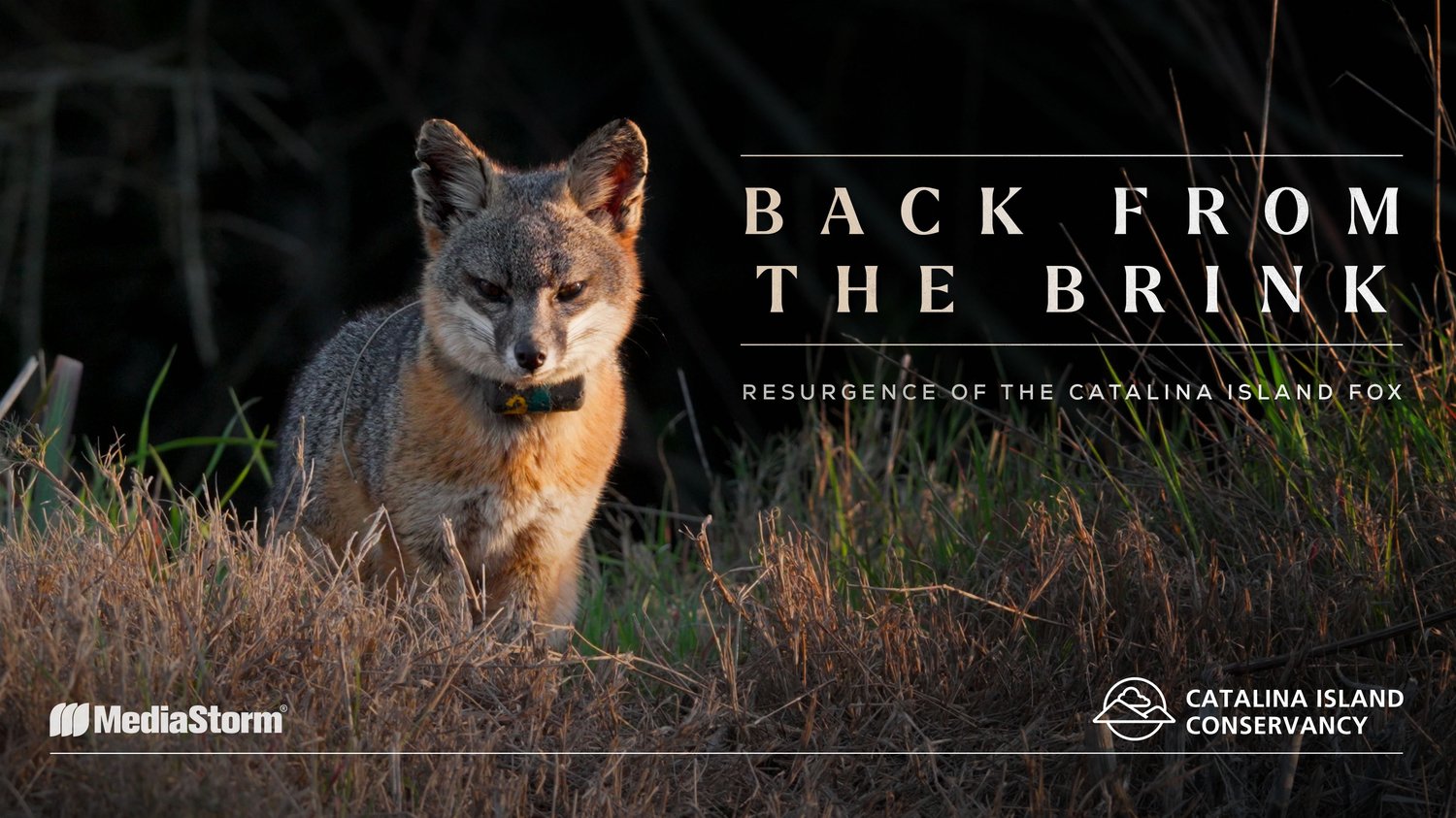
Once teetering on the brink of extinction, the Santa Catalina Island Fox made a dramatic recovery. Its resurgence marks one of the greatest conservation success stories in United States history.
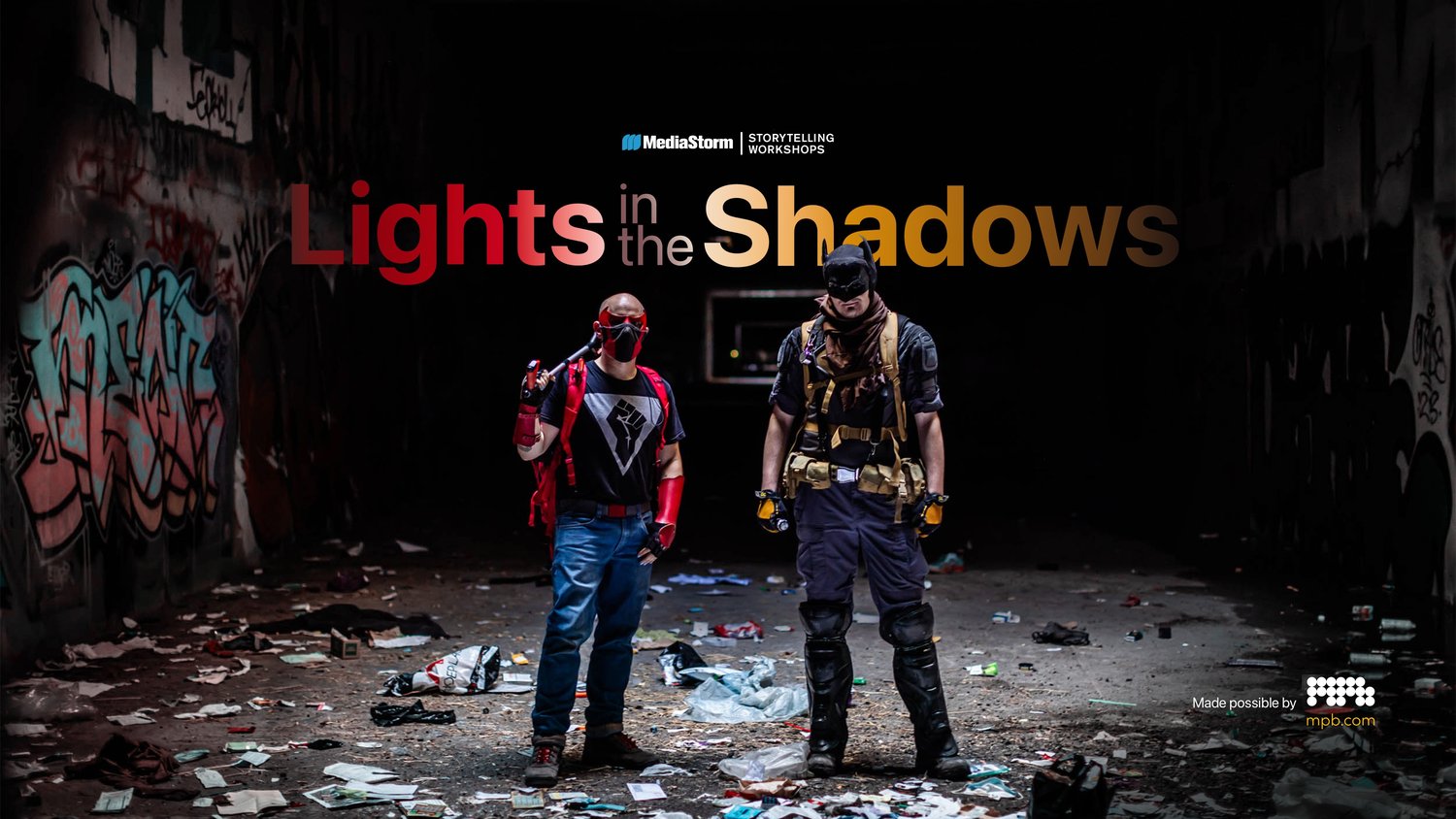
In the shadow of Silicon Valley’s booming technology industry, a growing number of people remain out in the cold. Skyrocketing housing prices in America’s hub of innovation have pushed many onto the streets, straining policymakers to find solutions to a homelessness problem that impacts everyone in the community.
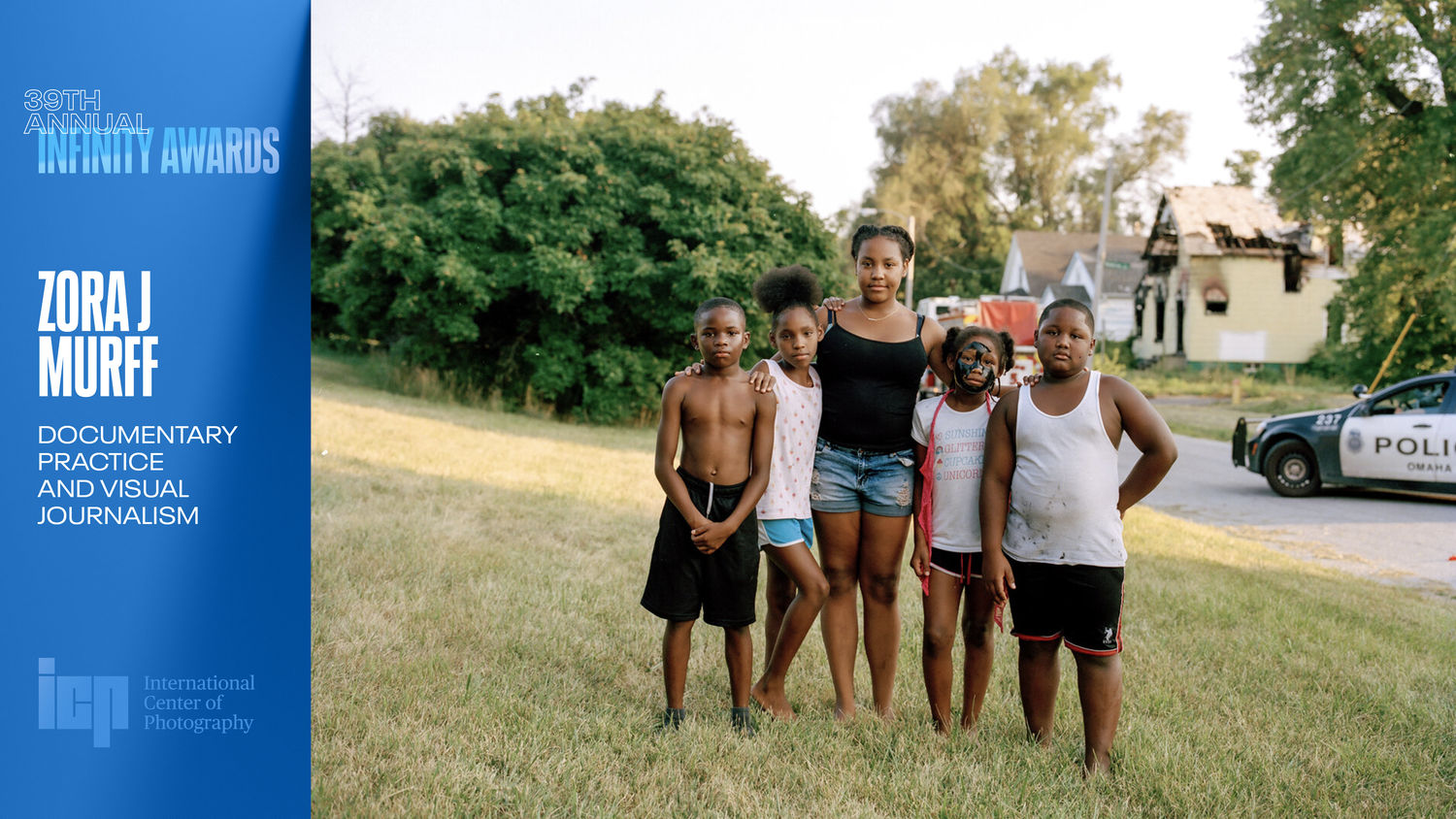
This page recognizing Zora J Murff for ICP’s 2023 Infinity Award for Documentary Practice and Visual Journalism features a film about his life, a slideshow of his projects and extra clips of his thoughts about his work and motivation.
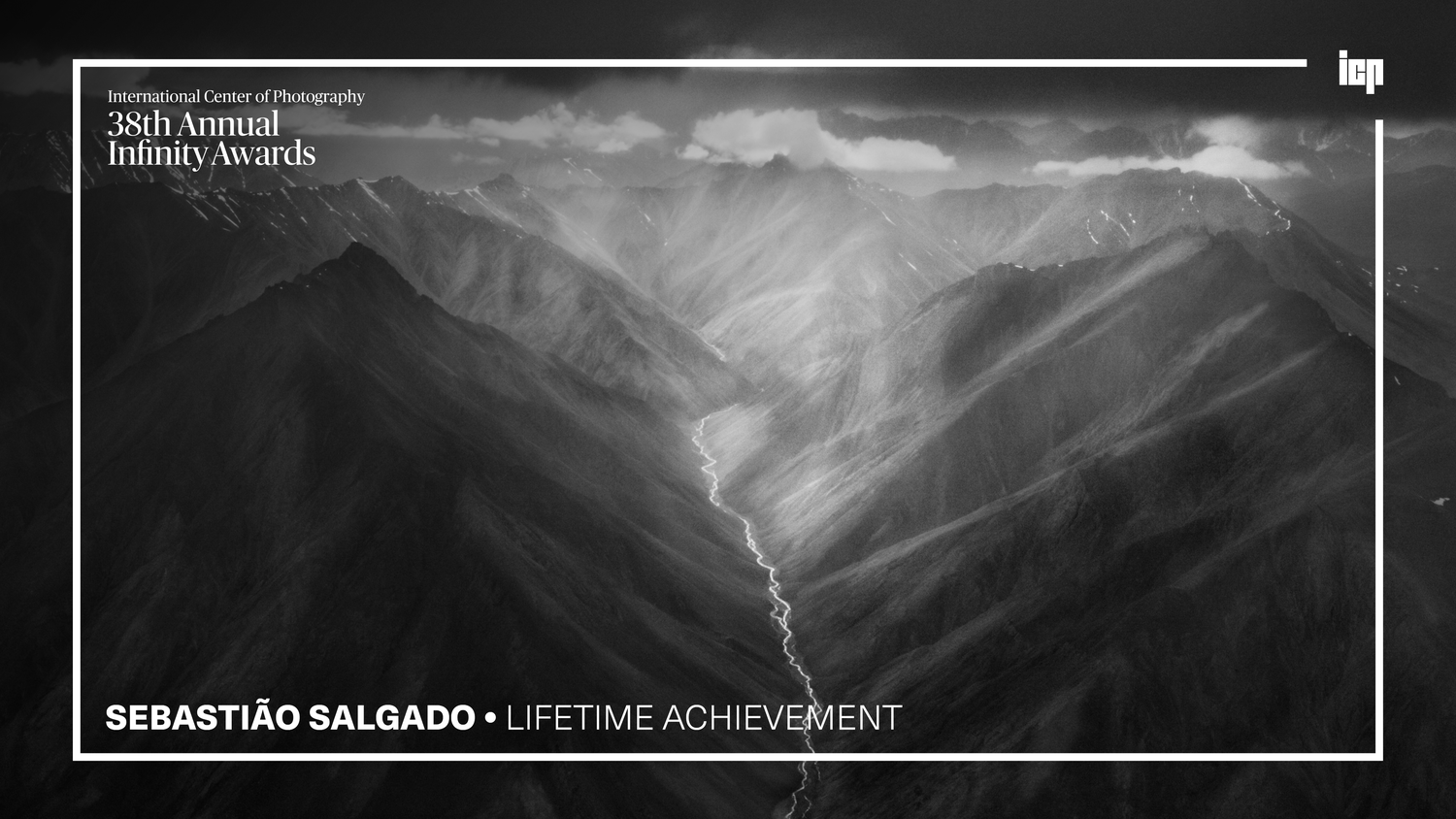
Sebastião Salgado says "a good picture, a fantastic picture, you do in a fraction of a second, but to arrive to do this picture, you must put your life in there."
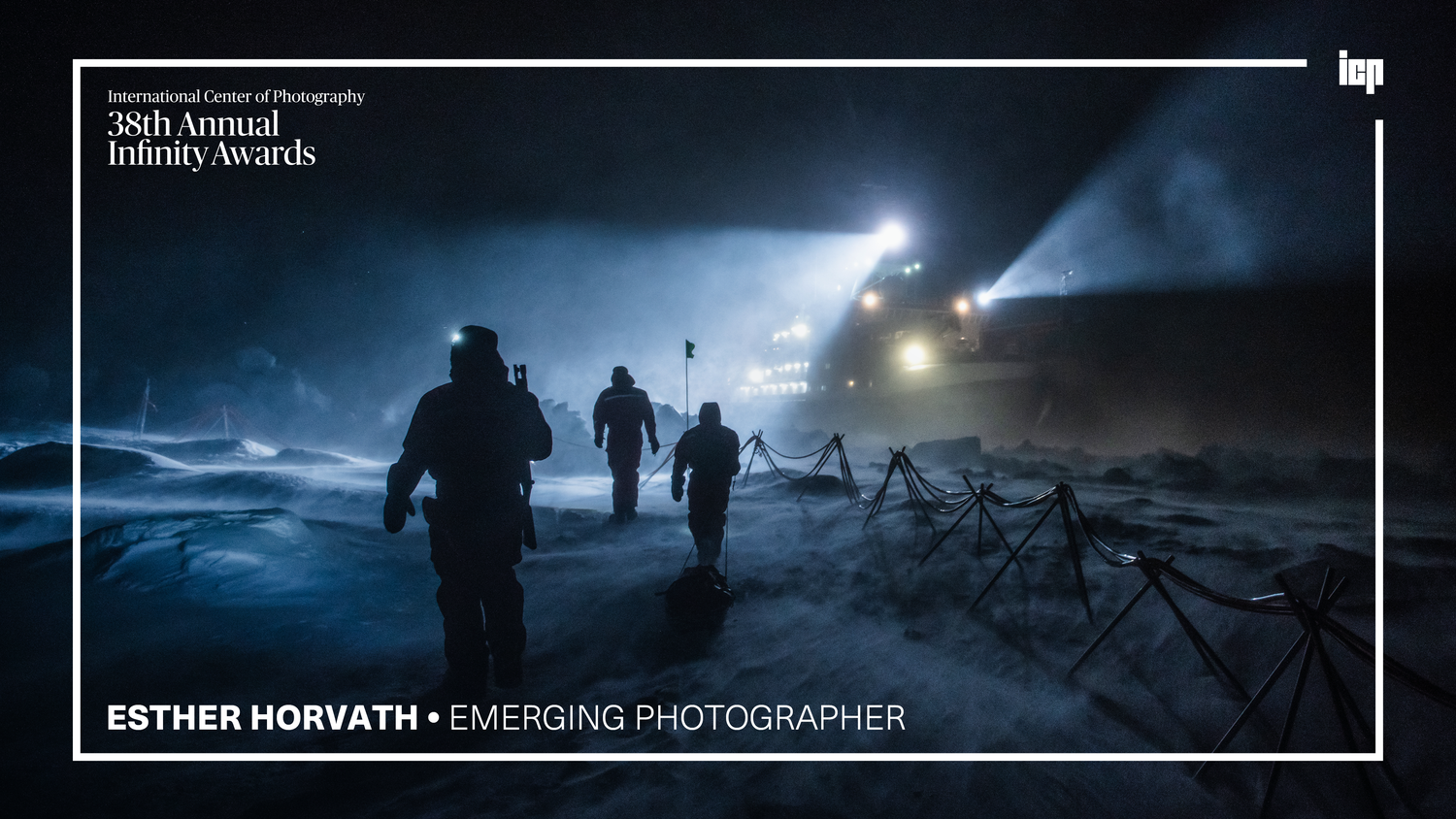
Esther Horvath has sent questions to the universe and she has received answers. She found her calling to tell visual stories that show the full research story behind our climate data.
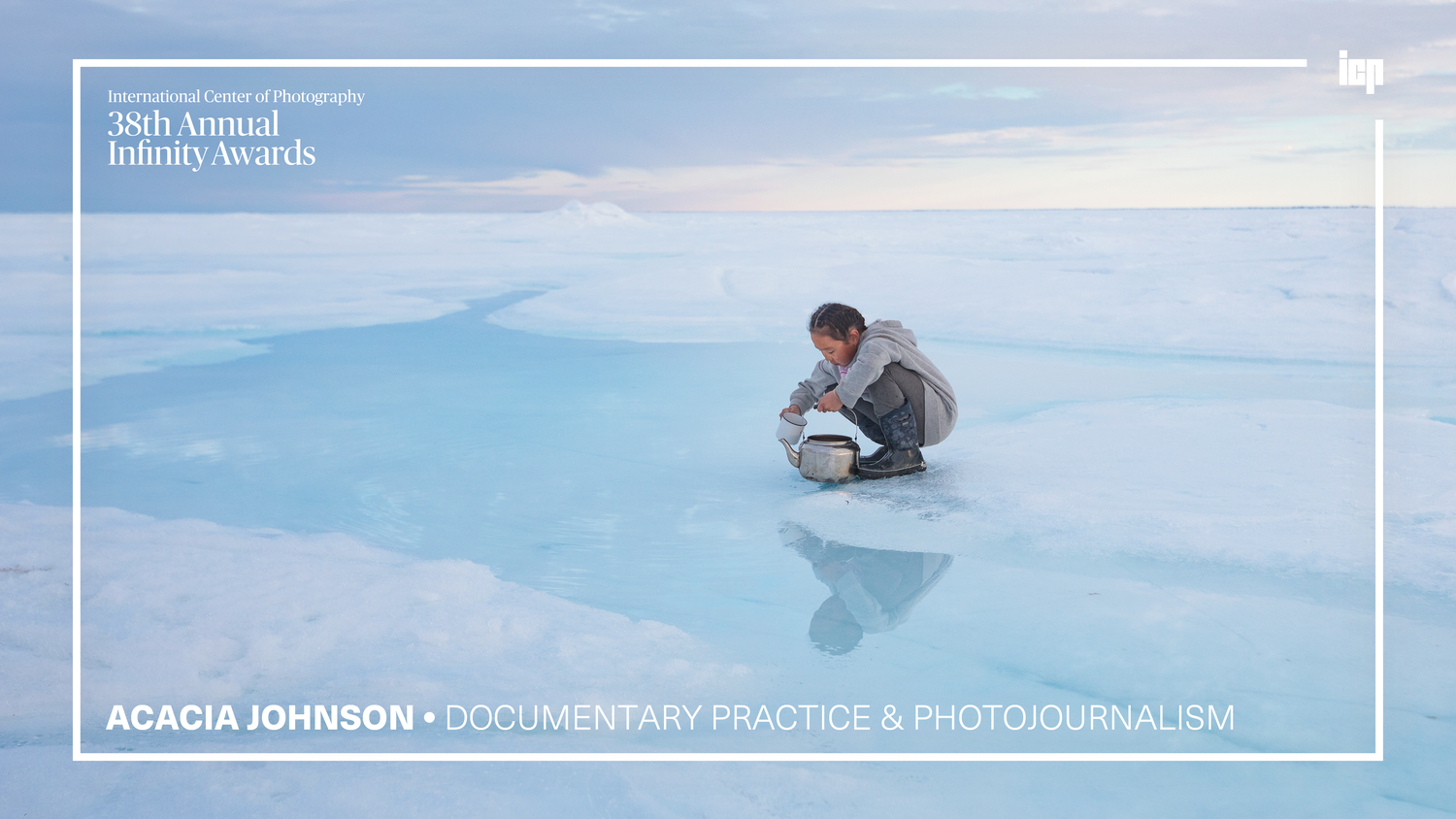
See photographer Acacia Johnson’s growth from her earliest explorations of Alaskan landscapes to a National Geographic cover for a documentary project among indigenous people of the Arctic.
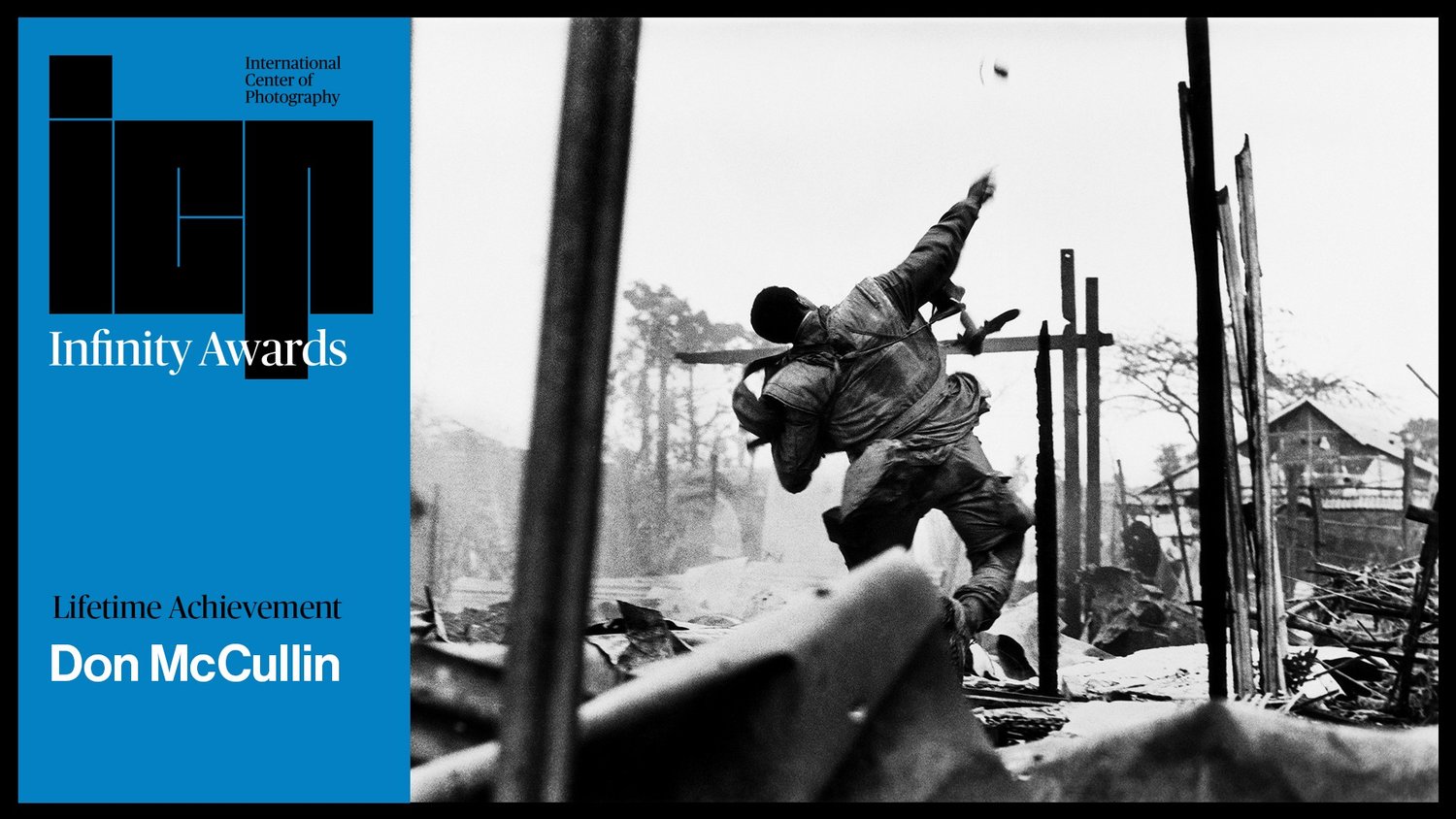
Sir Don McCullin never intended to become a photographer. He found it hard to believe he’d ever escape the poverty of North London. But a spur of the moment photograph launched McCullin into a career spanning 50 years in photography.
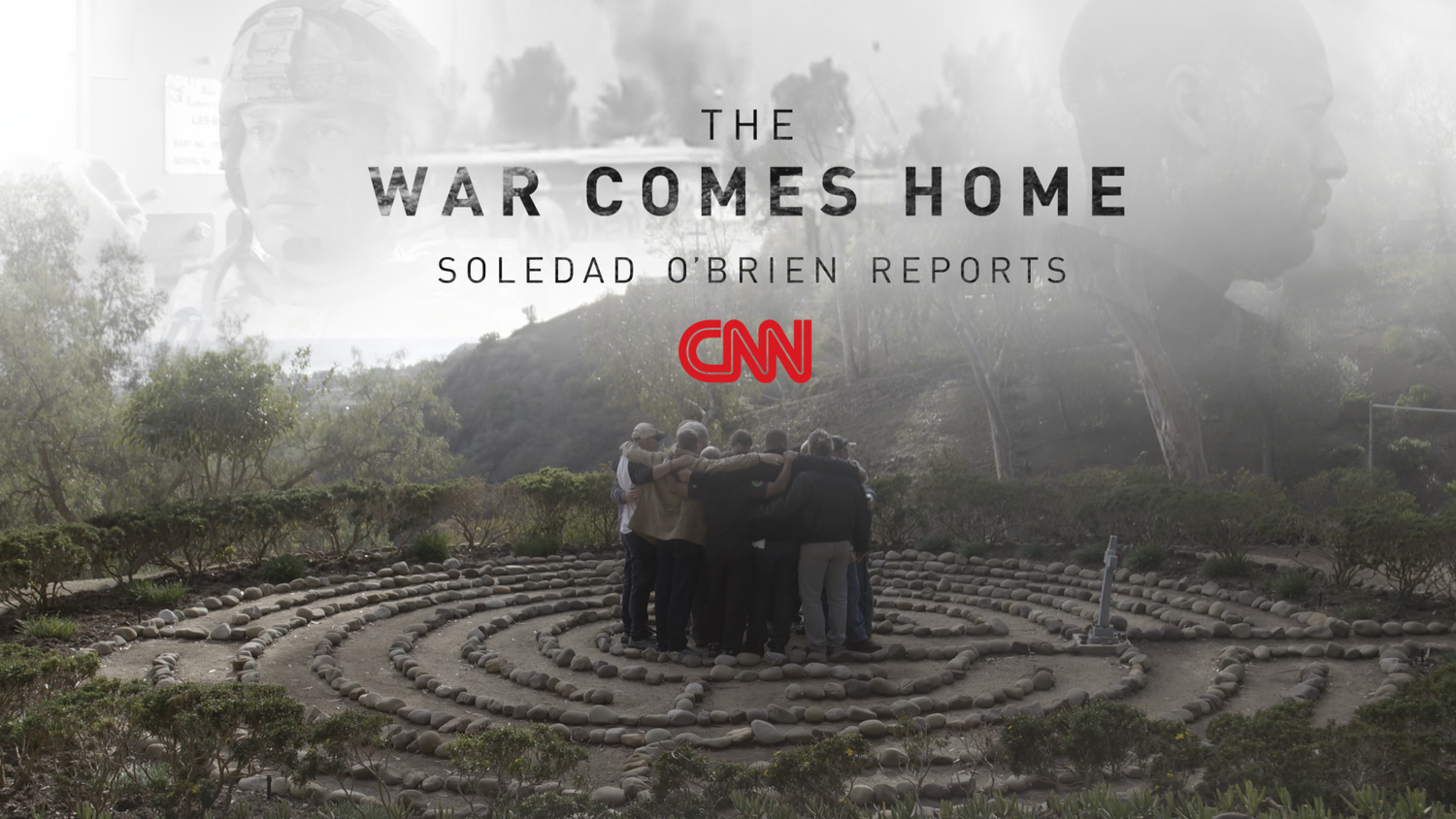
As the U.S. prepares for the final drawdown of soldiers from the conflicts in Iraq and Afghanistan, Soledad O’Brien and MediaStorm take an intimate look at two veterans as they struggle with the transition from war to home.
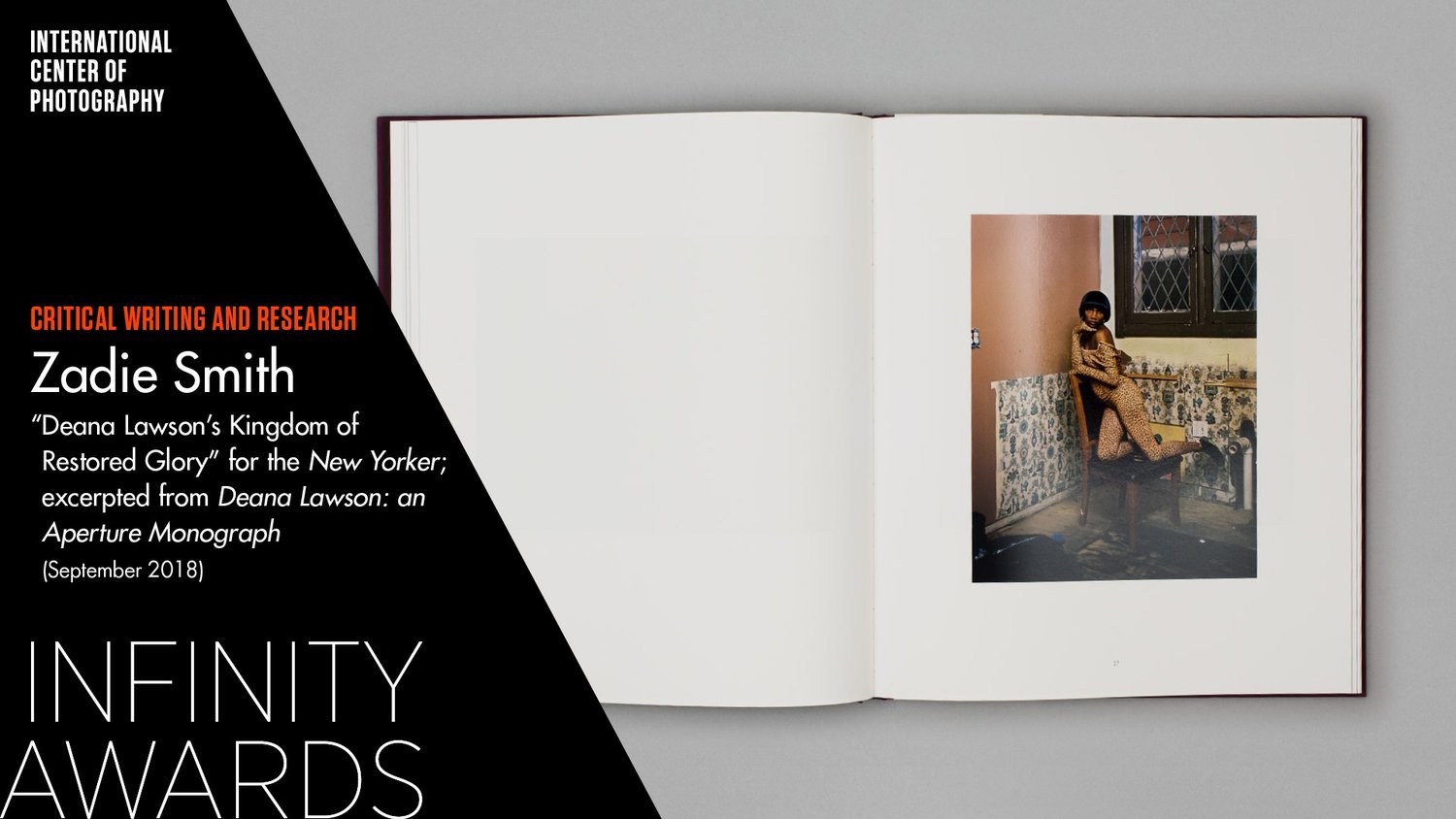
Writer Zadie Smith pays homage to photographer Deana Lawson in the artist’s first Monograph for Aperture.

As a formerly incarcerated person, Michael struggled for work, and found purpose in being a husband, father, and activist. But 7 years since his release from prison, the cost of Michael’s activism is evident.
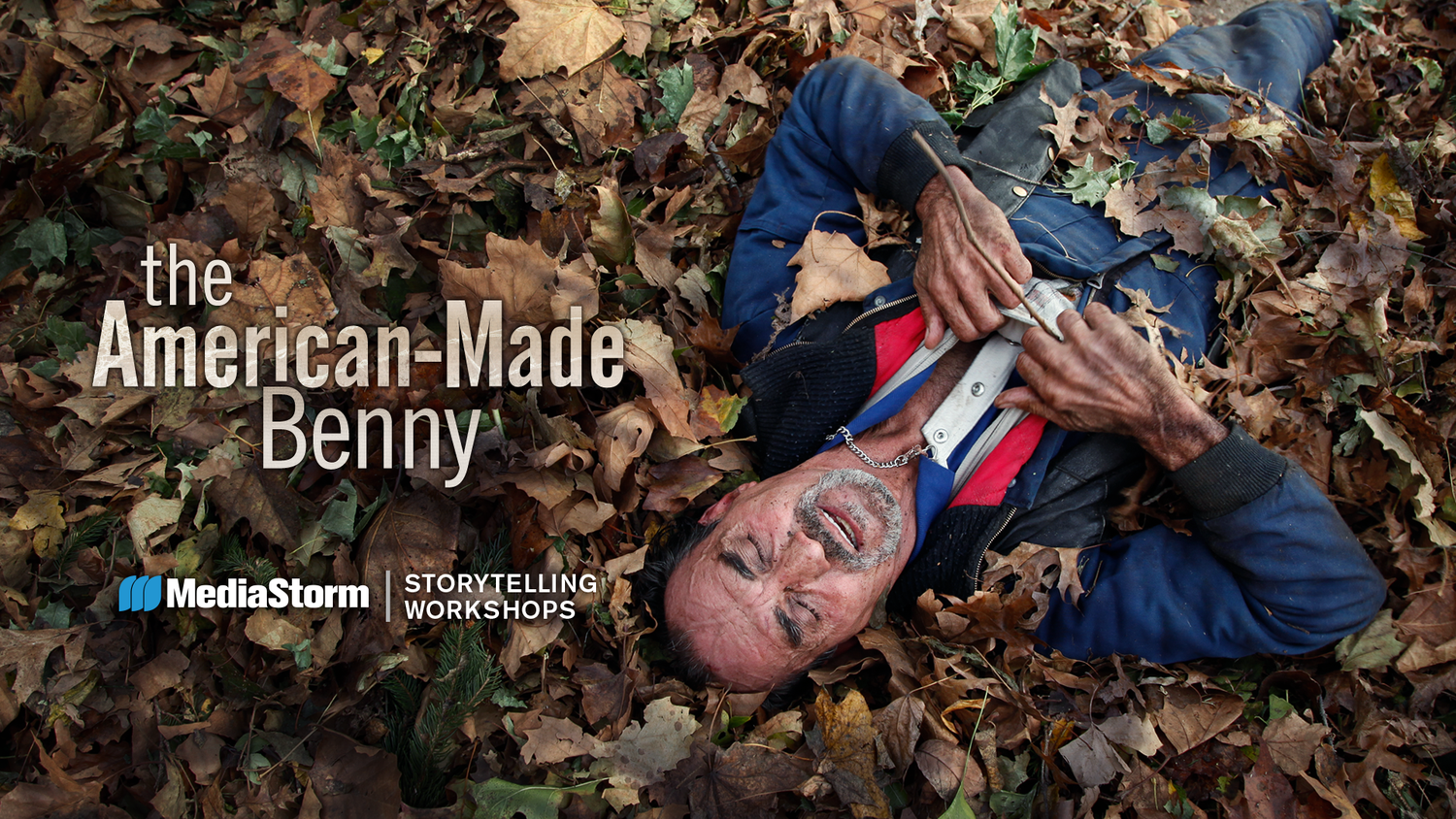
Benny is a “certified” garbologist. He collects what others throw away. Benny is also at war with his family. Here is a man sharing a house with his wife but living as a stranger. This is a household on the edge.
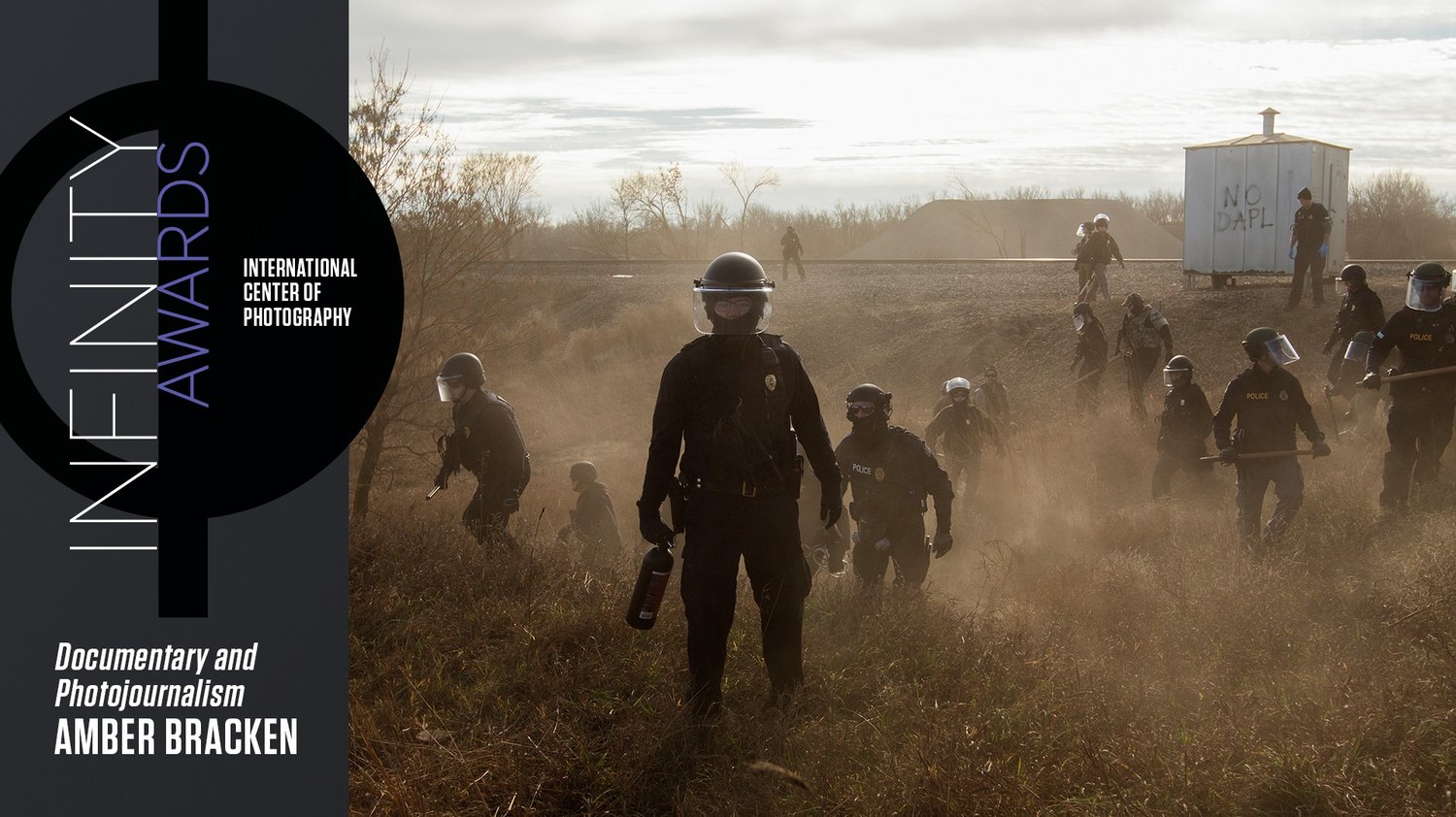
Photographer Amber Bracken recognized something deeper than a protest was afoot when hundreds of tribes gathered at the Standing Rock reservation in opposition to the Dakota Access Pipeline.
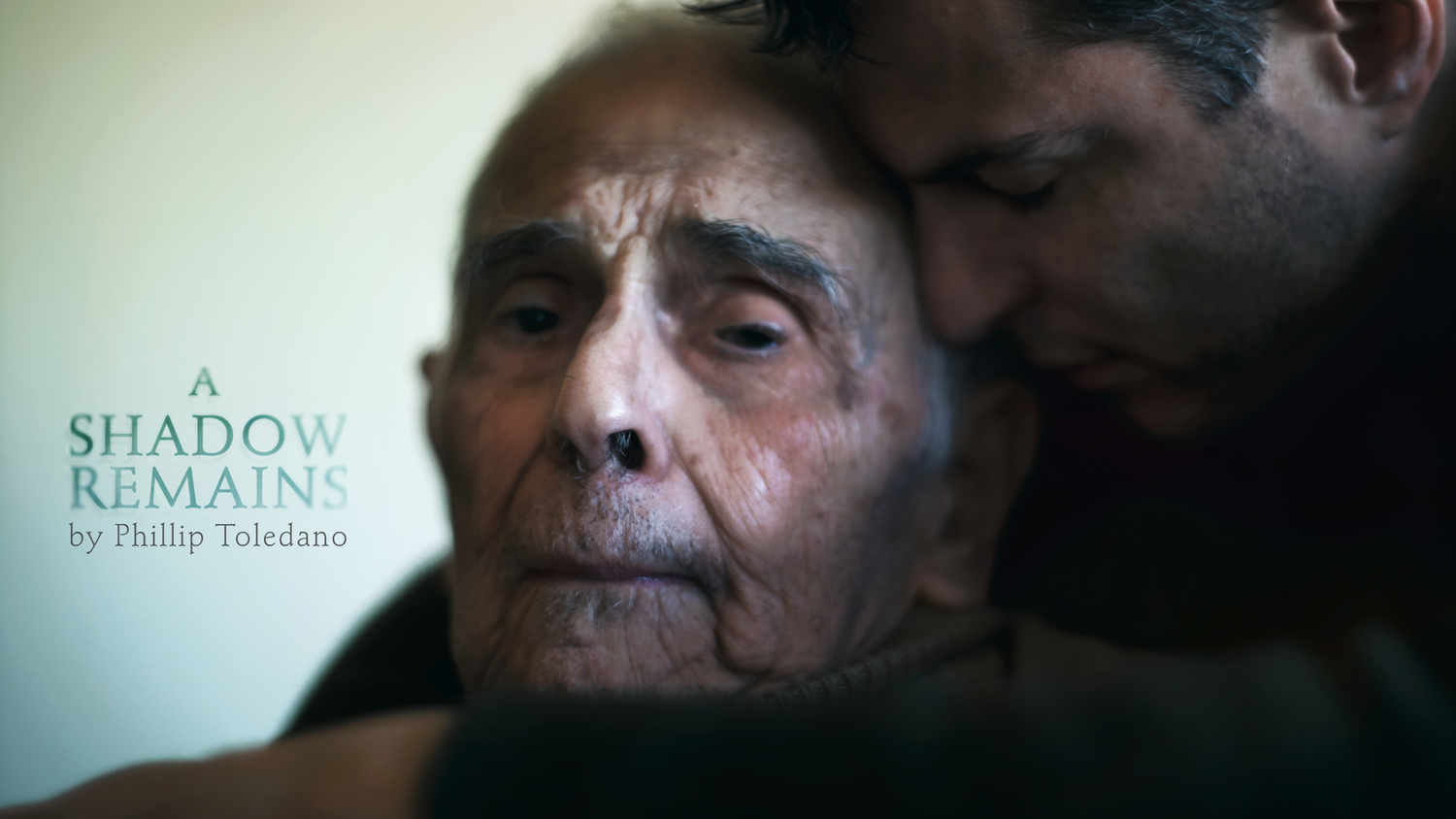
How does the death of a child change a parent? How does the death of a parent change a child? How do these moments change us as we develop and grow further away from who we were as children?

Maurice Berger–cultural historian, and columnist for the New York Times’ Race Stories–has spent his career studying and teaching racial literacy through visual literacy.
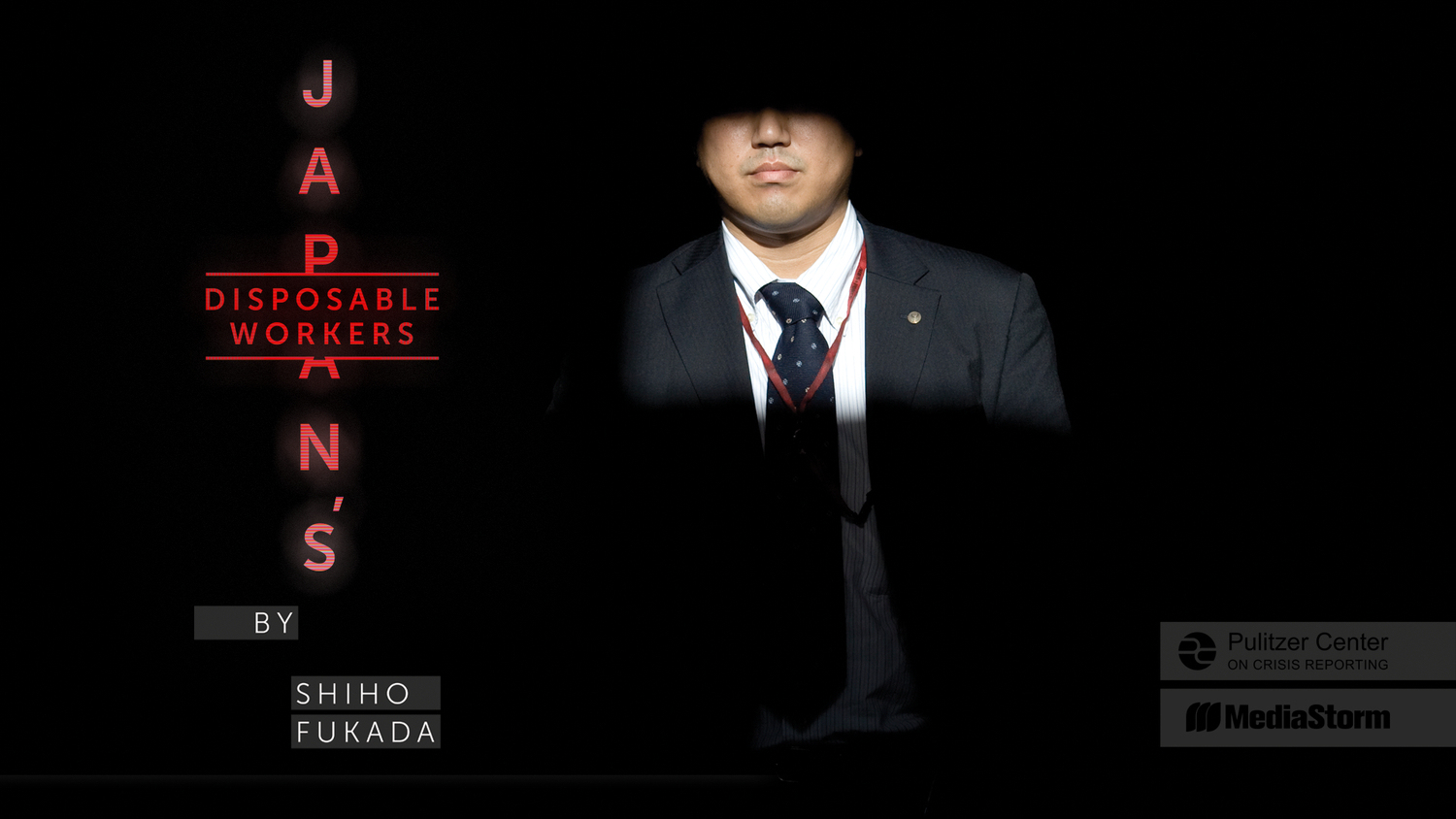
Japan’s Disposable Workers examines the country’s employment crisis: from suicide caused by overworking, to temporary workers forced by economics to live in internet cafes, and the elderly who wander a town in search of shelter and food.
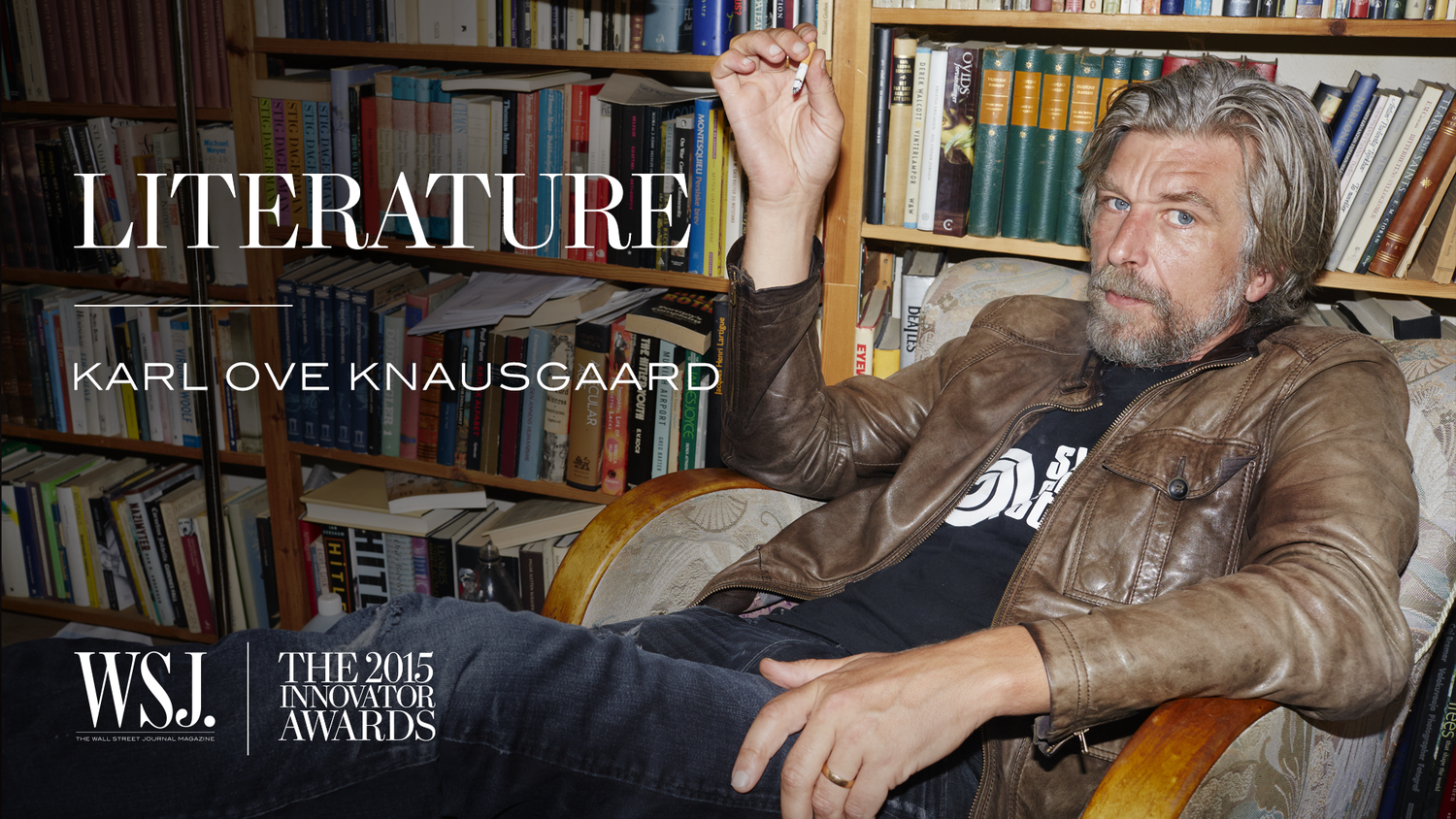
Karl Ove Knausgaard is the celebrated author of a massive six-volume autobiography. But Knausgaard remains confused by the attention. This is a portrait of a man who has achieved massive success yet still considers himself unworthy.
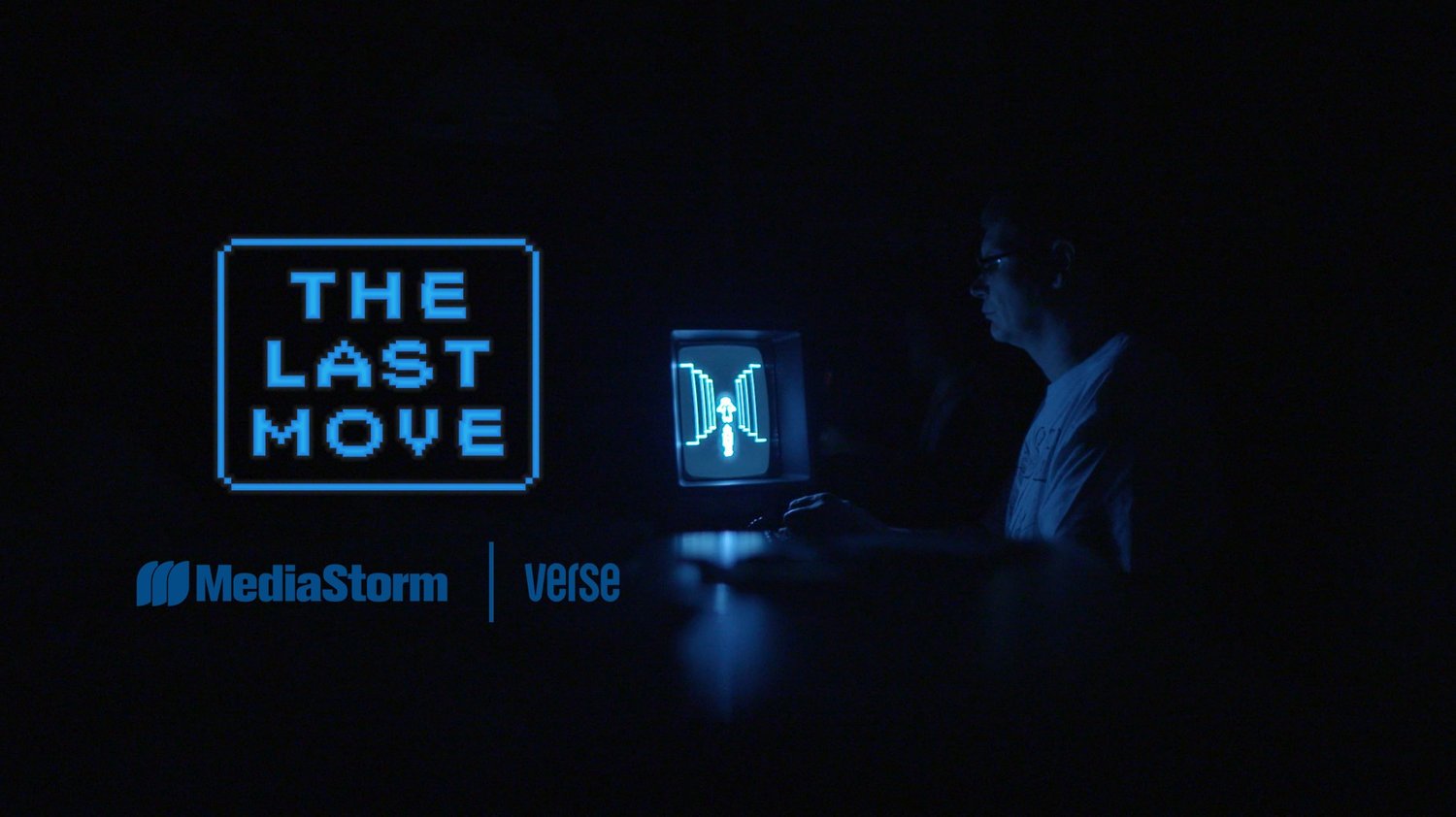
Michael Thomasson has devoted his life to video games. It’s been his passion and his obsession for more than three decades. He owns over 11,000 unique game titles for more than 100 different systems.
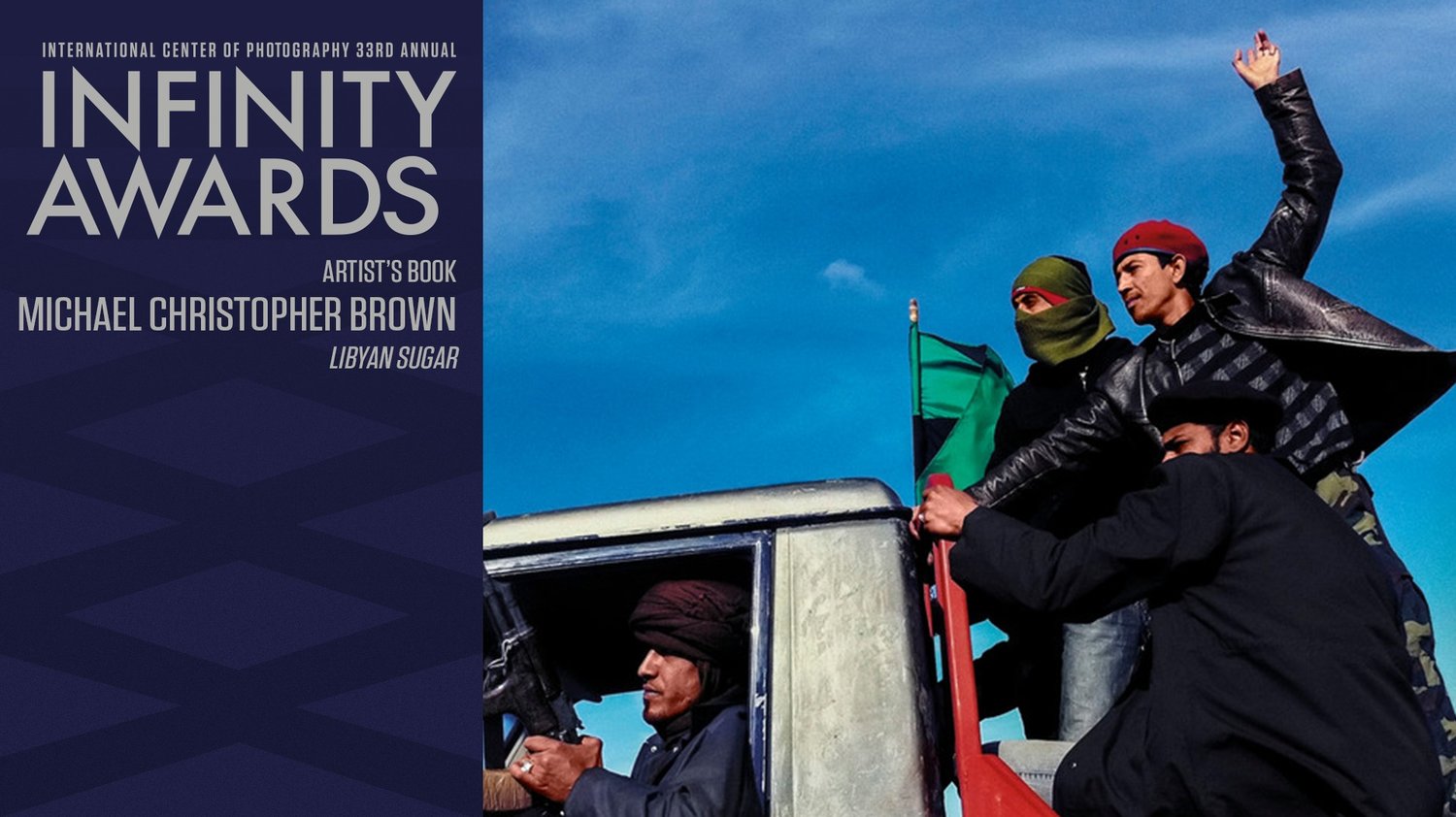
A film about Michael Christopher Brown for the 2017 ICP Infinity Awards.
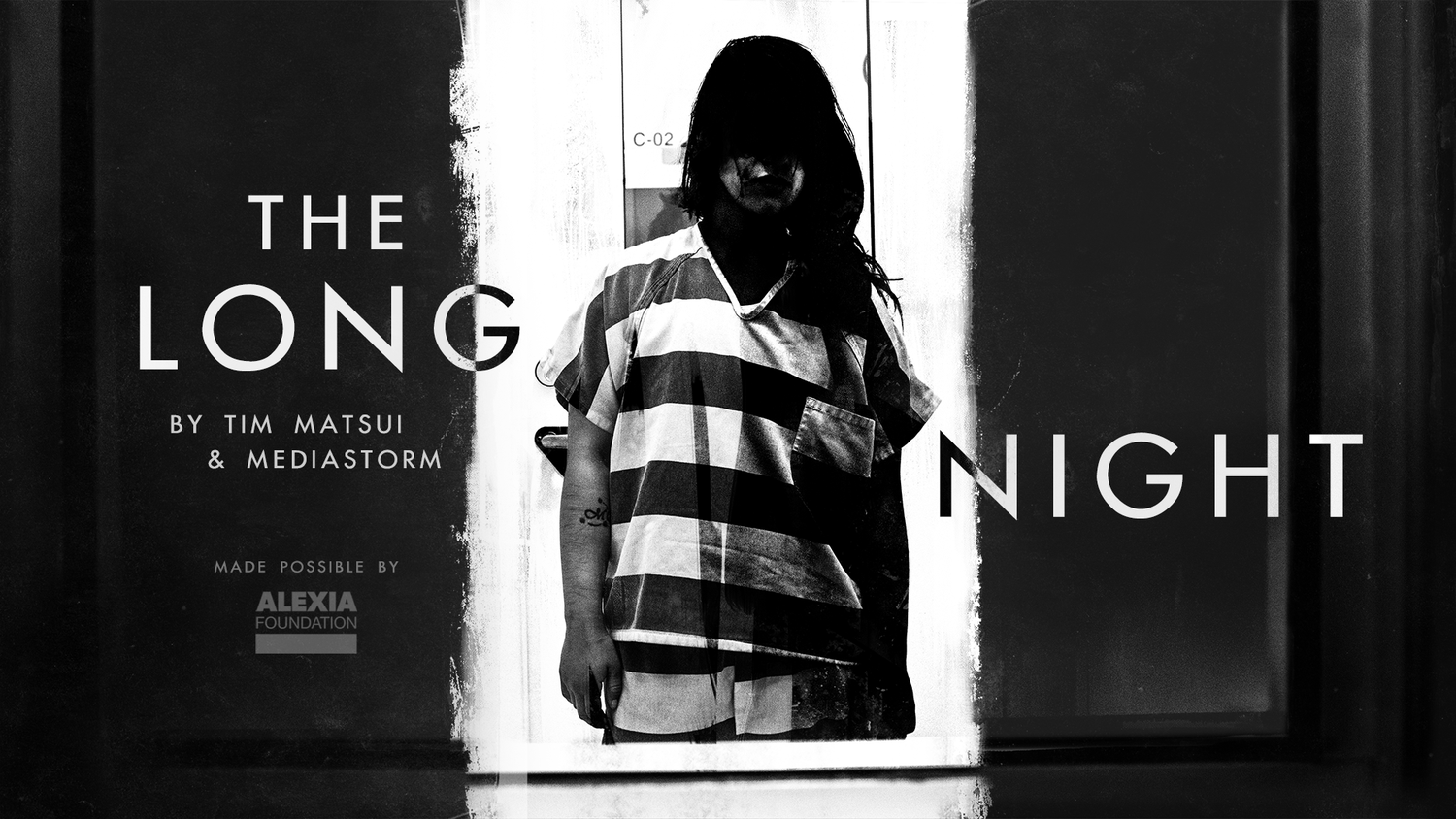
The Long Night, a feature film by Tim Matsui and MediaStorm, gives voice and meaning to the crisis of minors who are forced and coerced into the American sex trade.
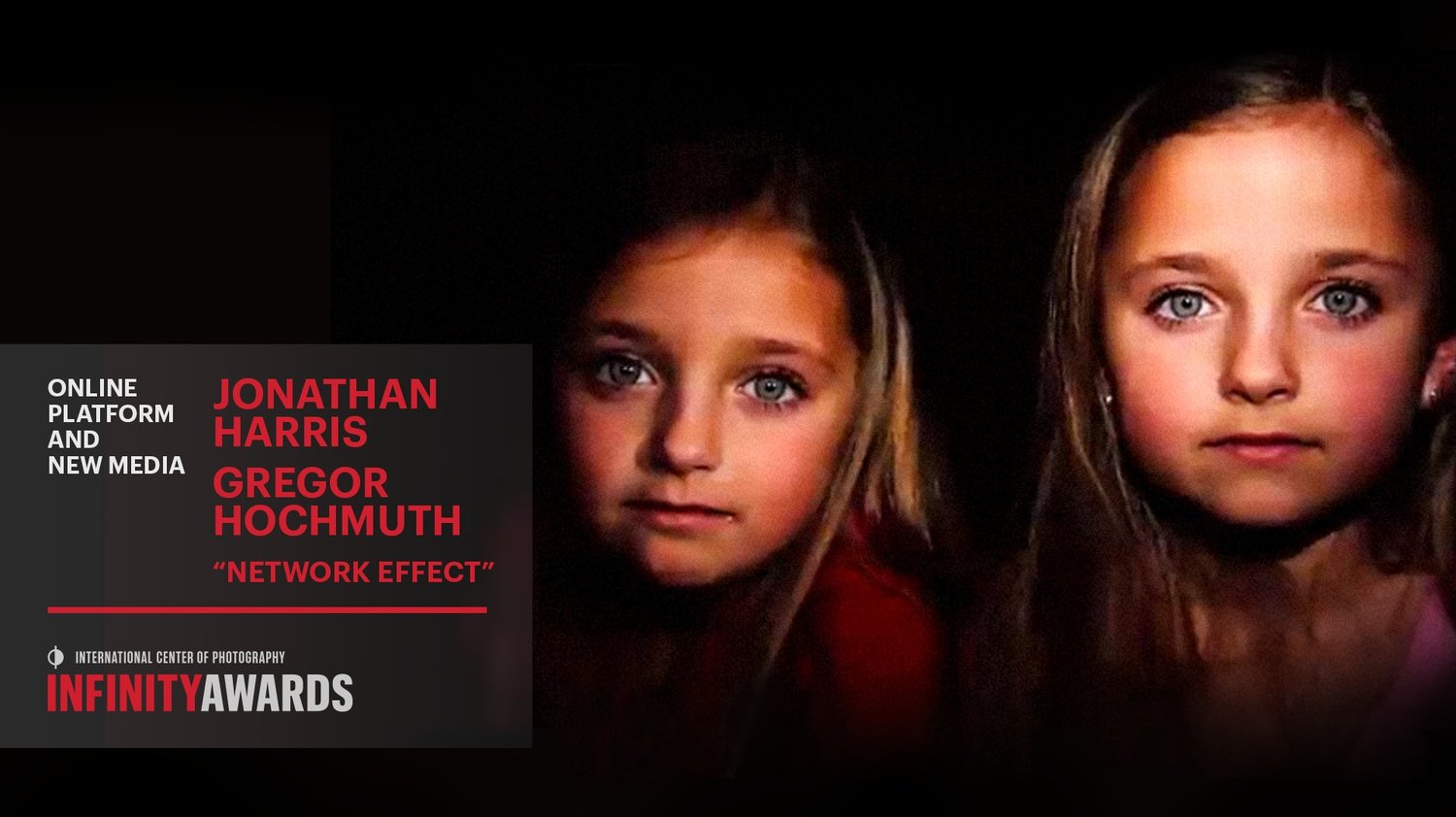
Jonathan Harris and Greg Hochmuth have a complicated relationship with the internet and have worked together to develop an artwork that explored some of the more difficult consequences of what it means to live with the internet.
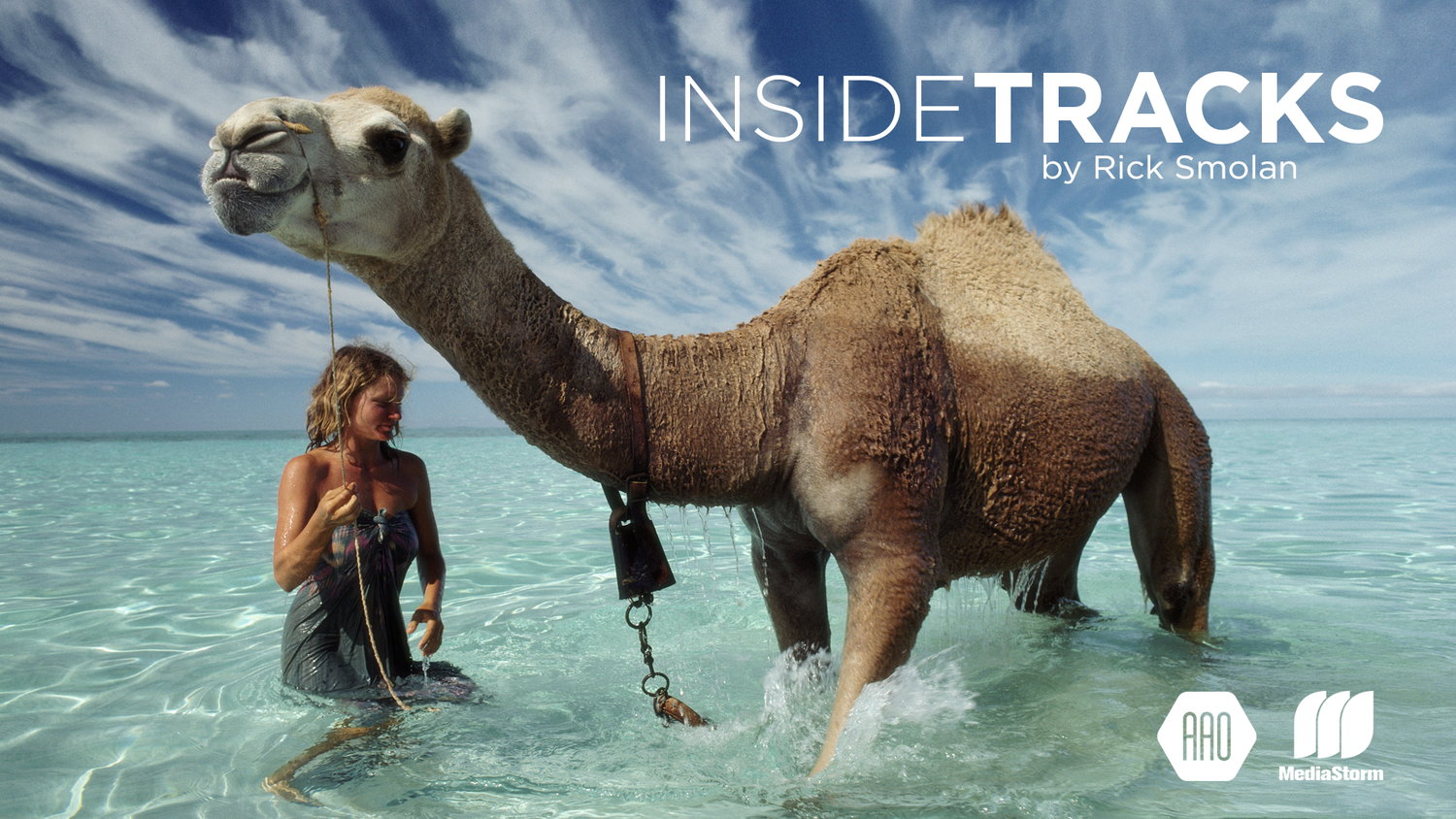
In 1977, Robyn Davidson walked 1,700 miles across the Australian outback. National Geographic sent Rick Smolan to photograph her perilous journey—a trek that tested and transformed them, forming an immutable bond that continues to this day.
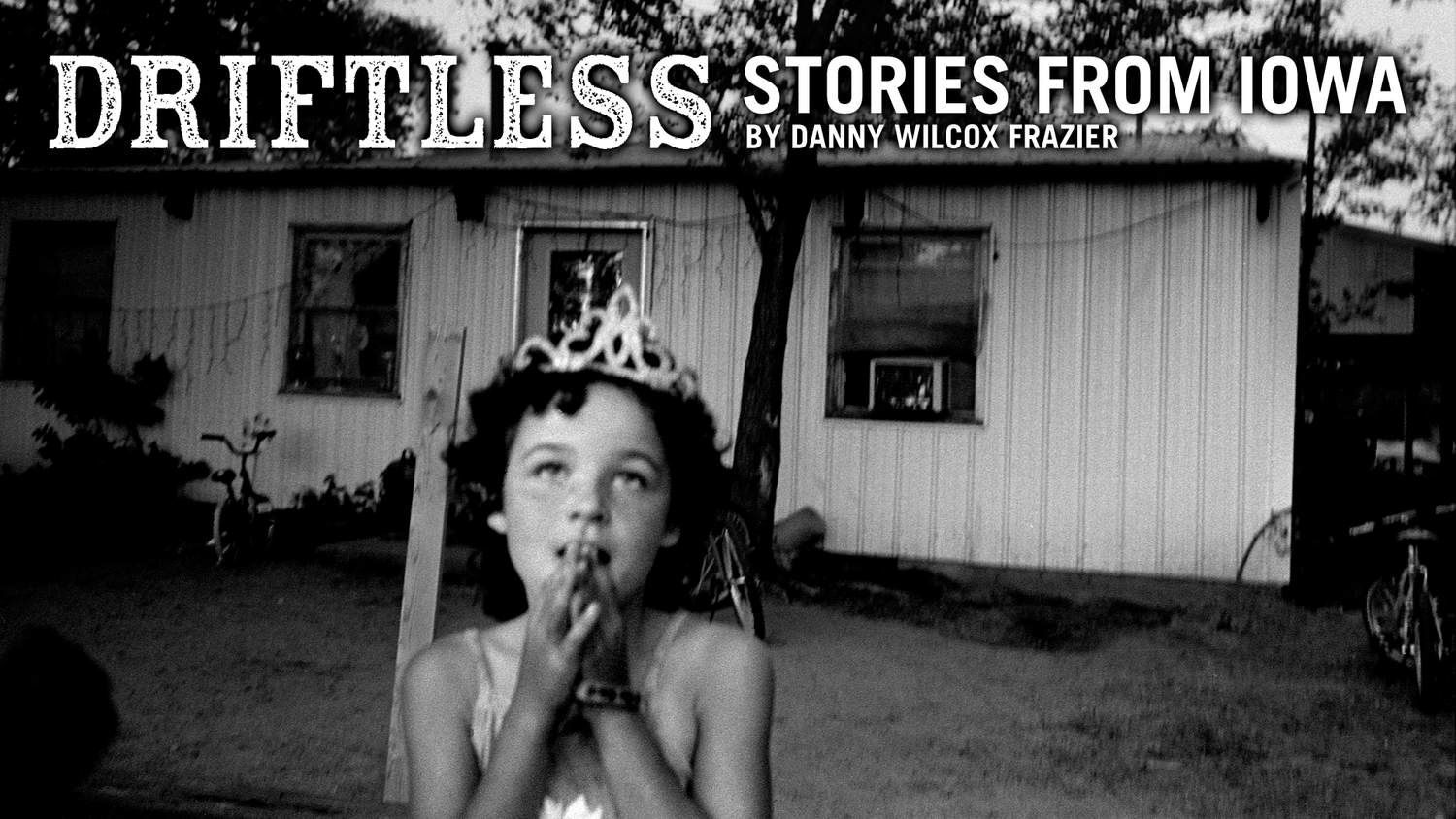
Once at the center of the U.S. economy, the family farm now drifts at its edges. In Iowa, old-time farmers try to hang on to their way of life, while their young push out to find their futures elsewhere. Driftless tells their stories.
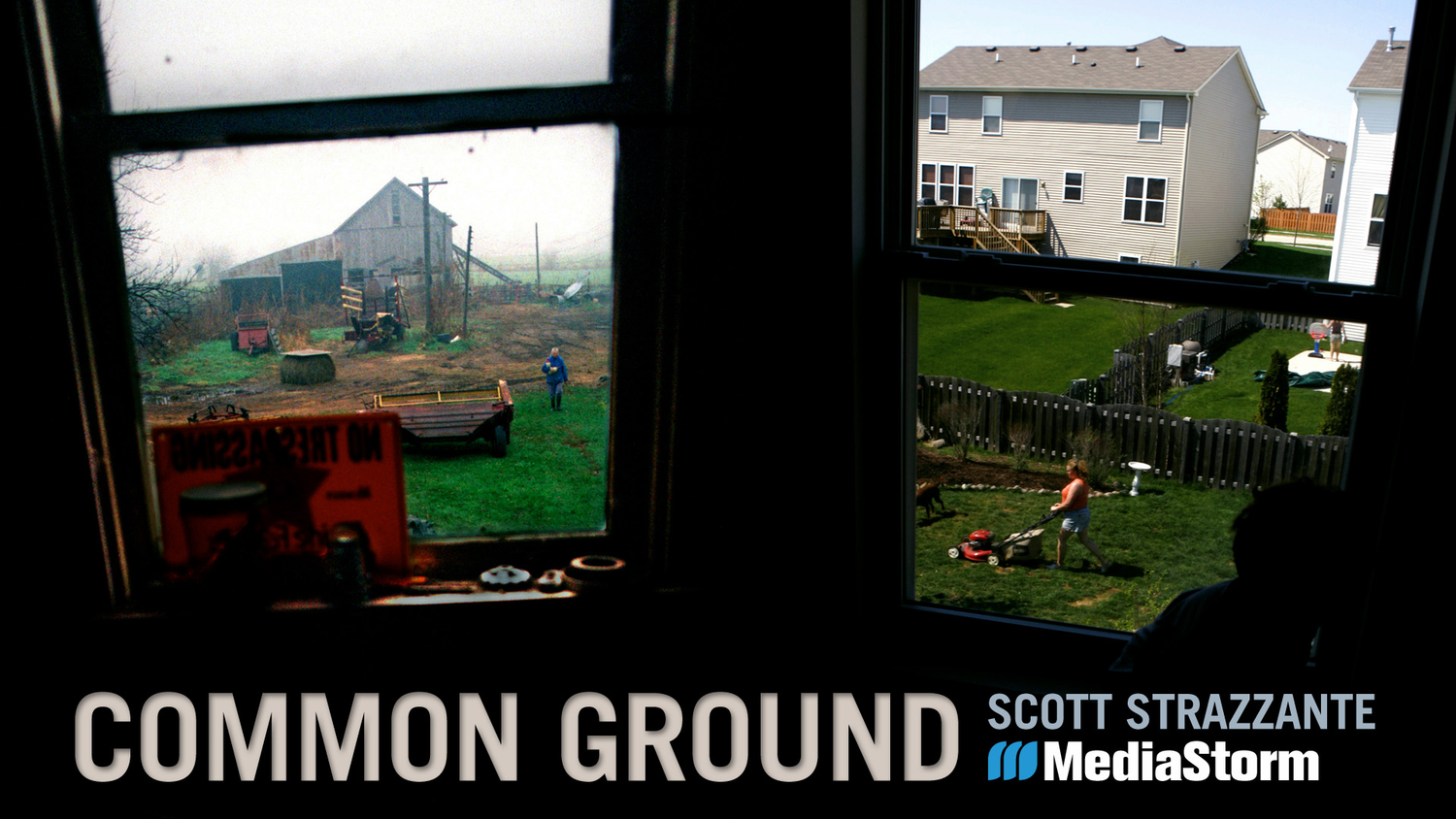
The American family farm gives way to a subdivision - a critical cultural shift across the U.S. Common Ground is a 27-year document of this transition, through the Cagwins and the Grabenhofers, two families who love the same plot of land.
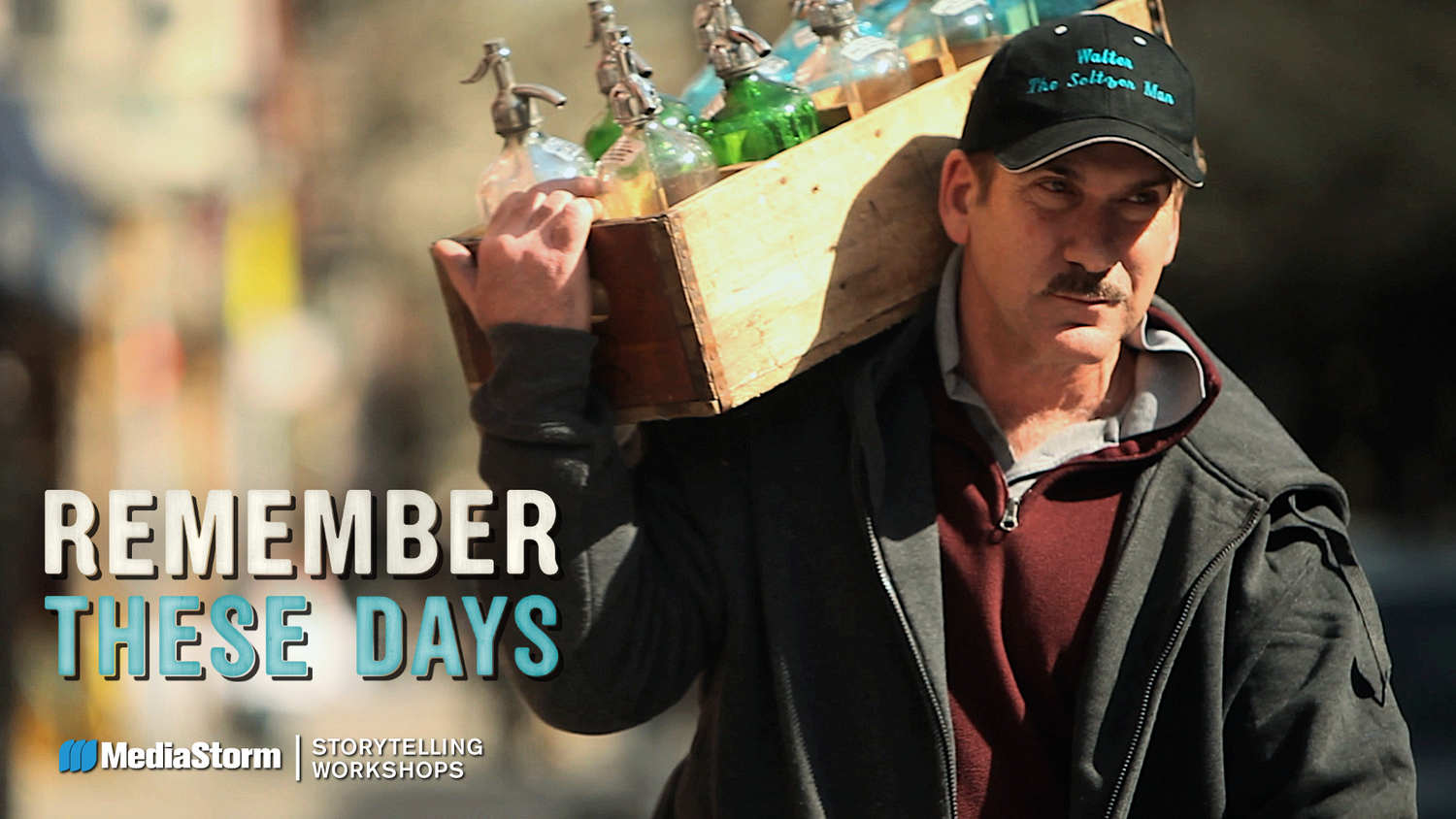
For Walter Backerman, seltzer is more than a drink. It’s the embodiment of his family. As a third generation seltzer man, he follows the same route as his grandfather. But after 90 years of business, Walter may be the last seltzer man.

Larry Fink has spent over 40 years photographing jazz musicians, wealthy manhattanites, his neighbors, fashion models, and the celebrity elite. His archive is a thoughtful collection of American history, and Fink’s experience of it.
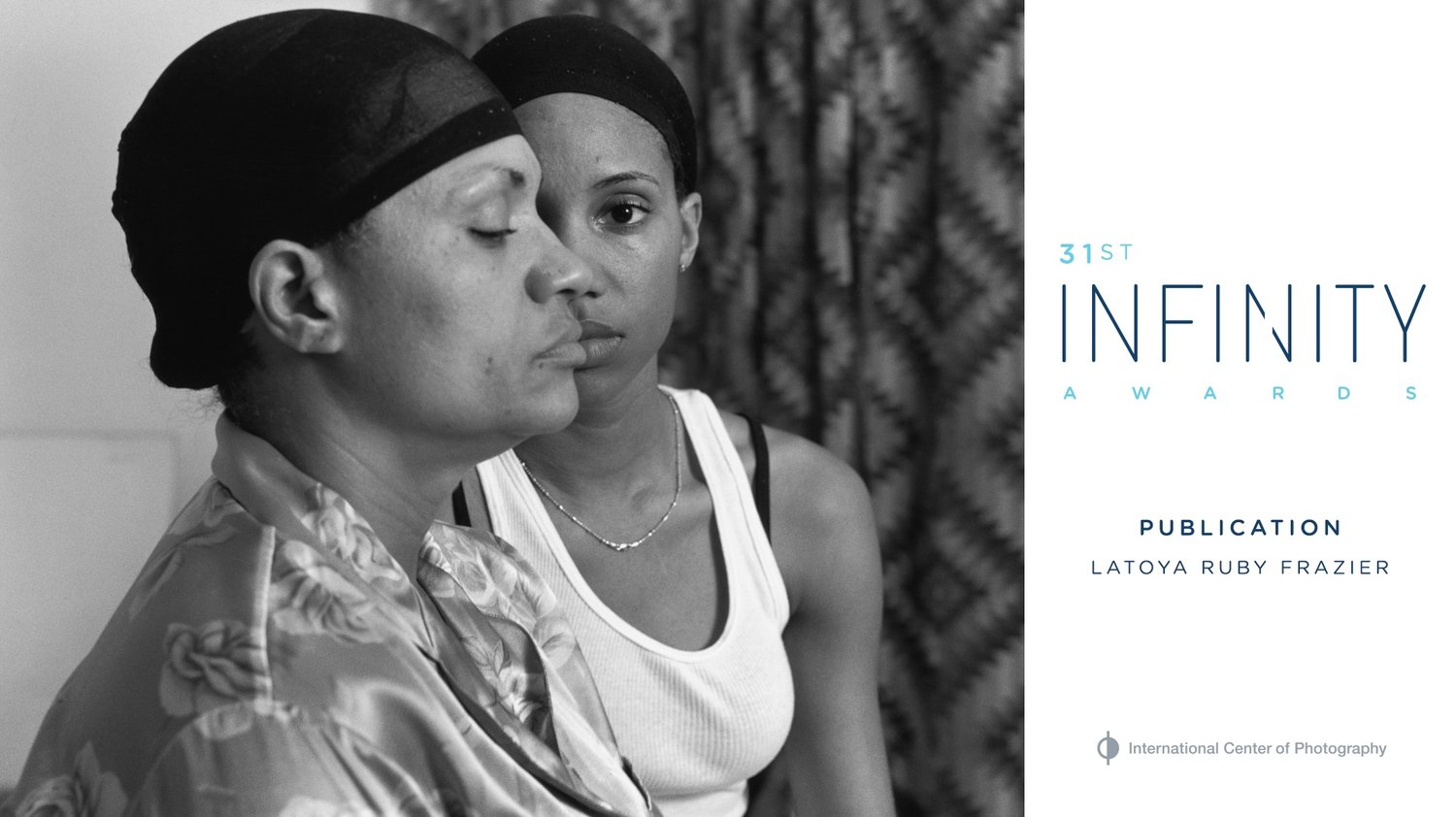
LaToya Ruby Frazier’s body of work “The Notion of Family” examines the impact of the steel industry and the health care system on the community and her family. Collaborating with her mother and grandmother, she uses her family as a lens to view the past, present and future of the town.
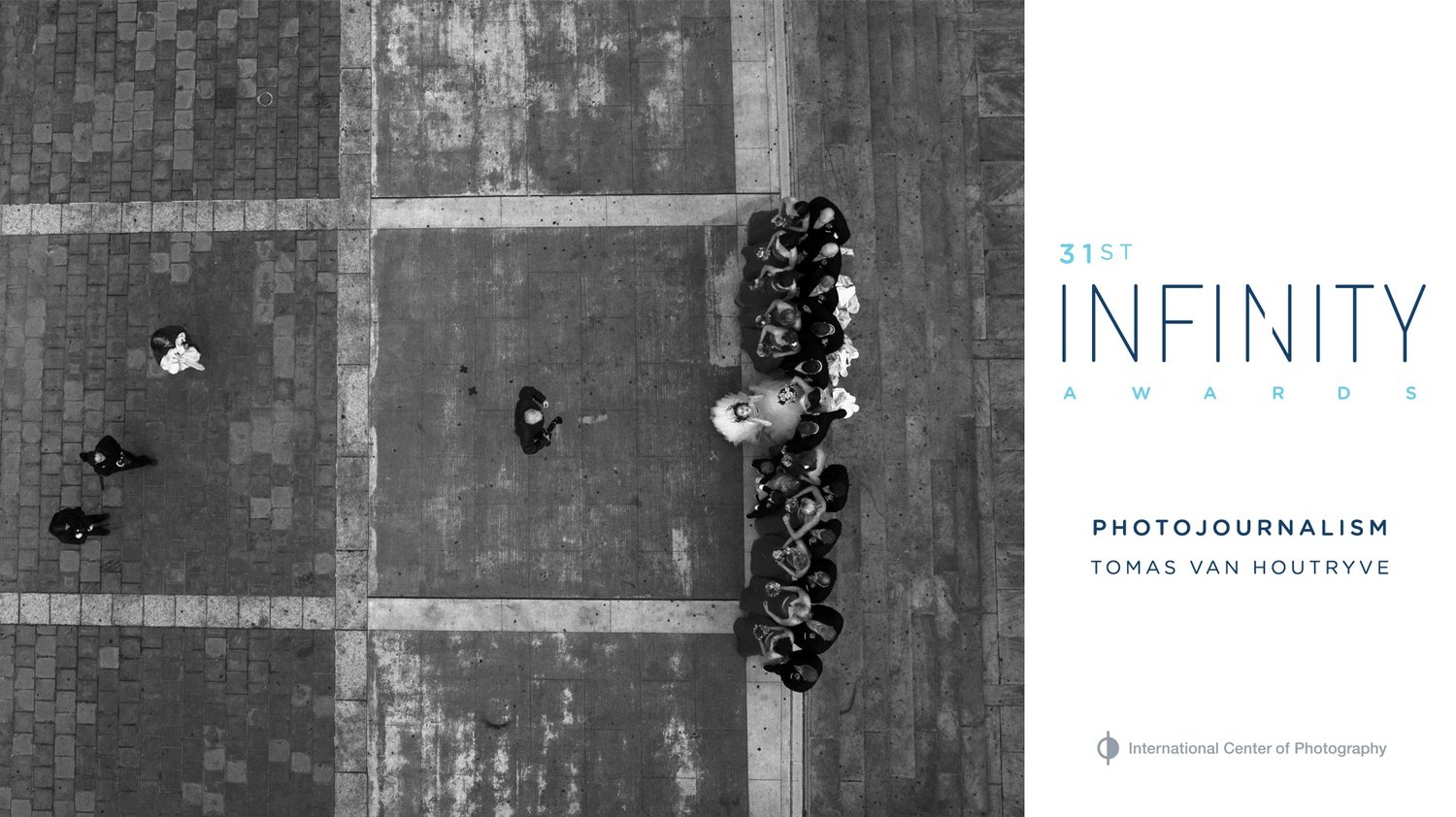
Tomas Van Houtryve wants there to be a permanent visual record of the dawn of the drone age, the period in American history when America started outsourcing their military to flying robots. In order to create this record, Van Houtryve sent his own drone into American skies.
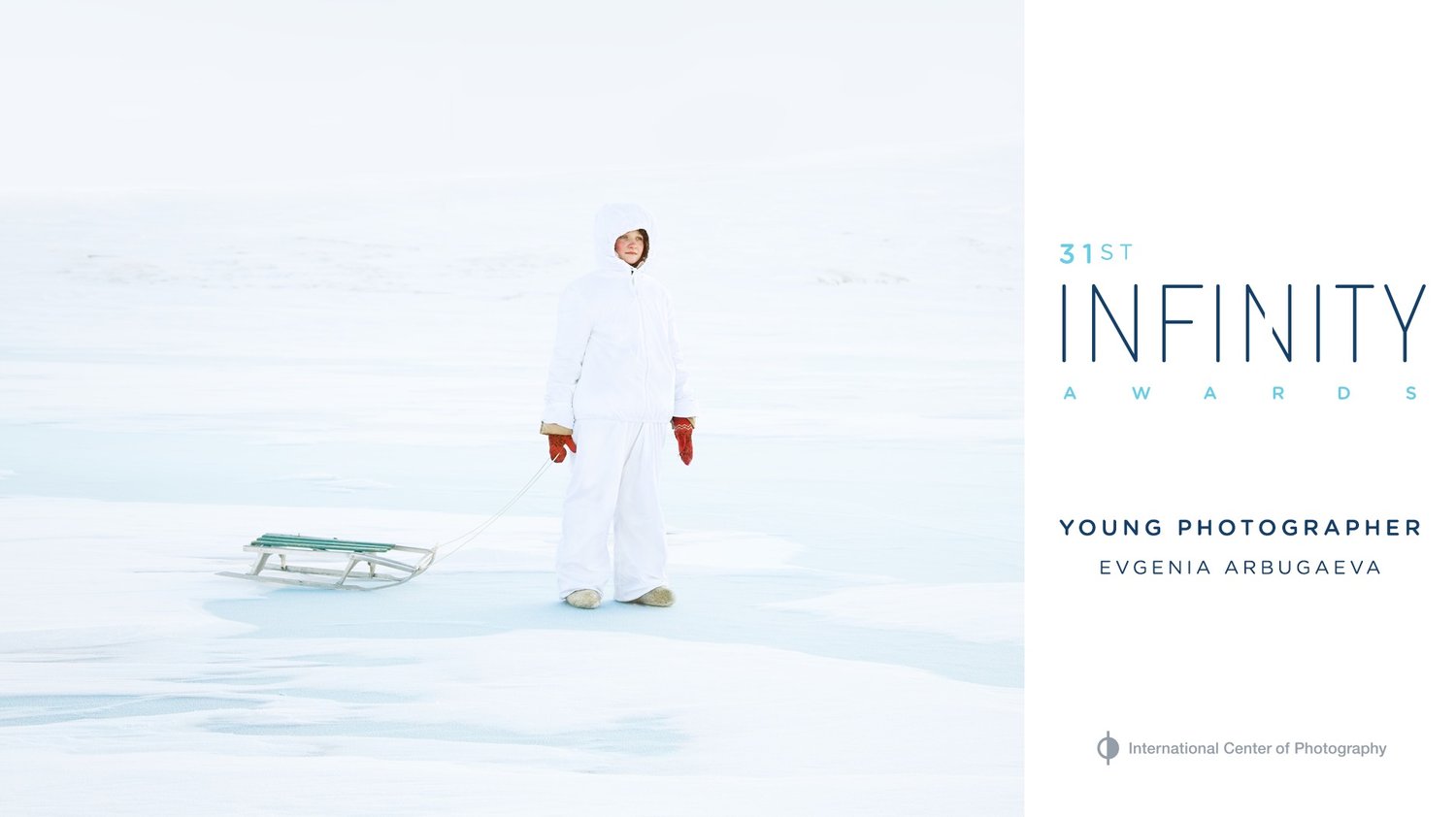
Evgenia Arbugaeva was born in the magical town of Tiksi, Russia. This barren, arctic landscape influenced Arbugaeva in almost every aspect of her dreamlike photography.
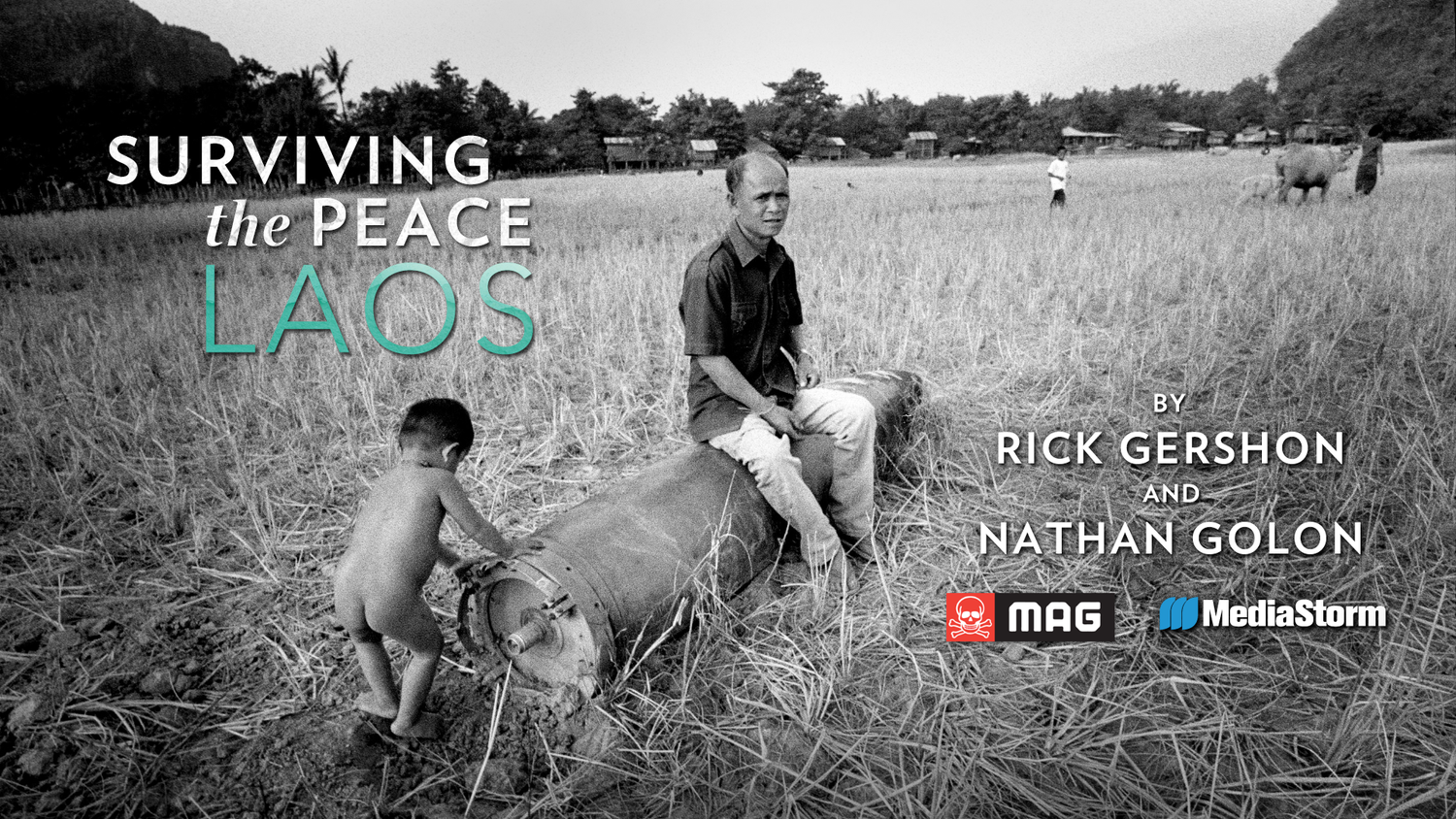
Surviving the Peace: Laos takes an intimate look at the impact of unexploded bombs left over from the Vietnam war in Laos and profiles the dangerous, yet life saving work, that MAG has undertaken in the country.
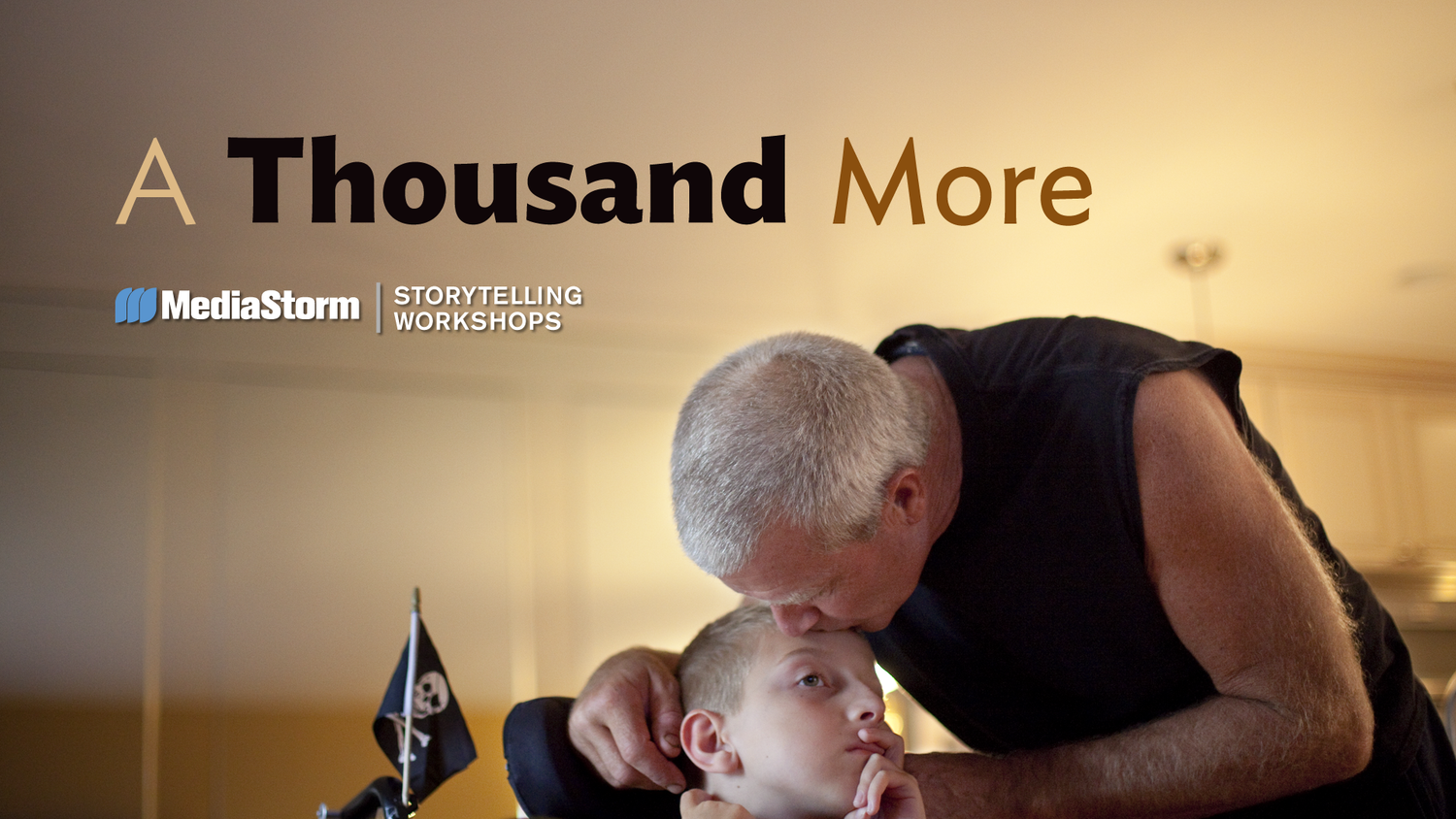
A family is determined to give their disabled son a whole and vital life. In the midst of a great burden, one small child – with a seemingly endless supply of love – is the blessing that holds a family together.
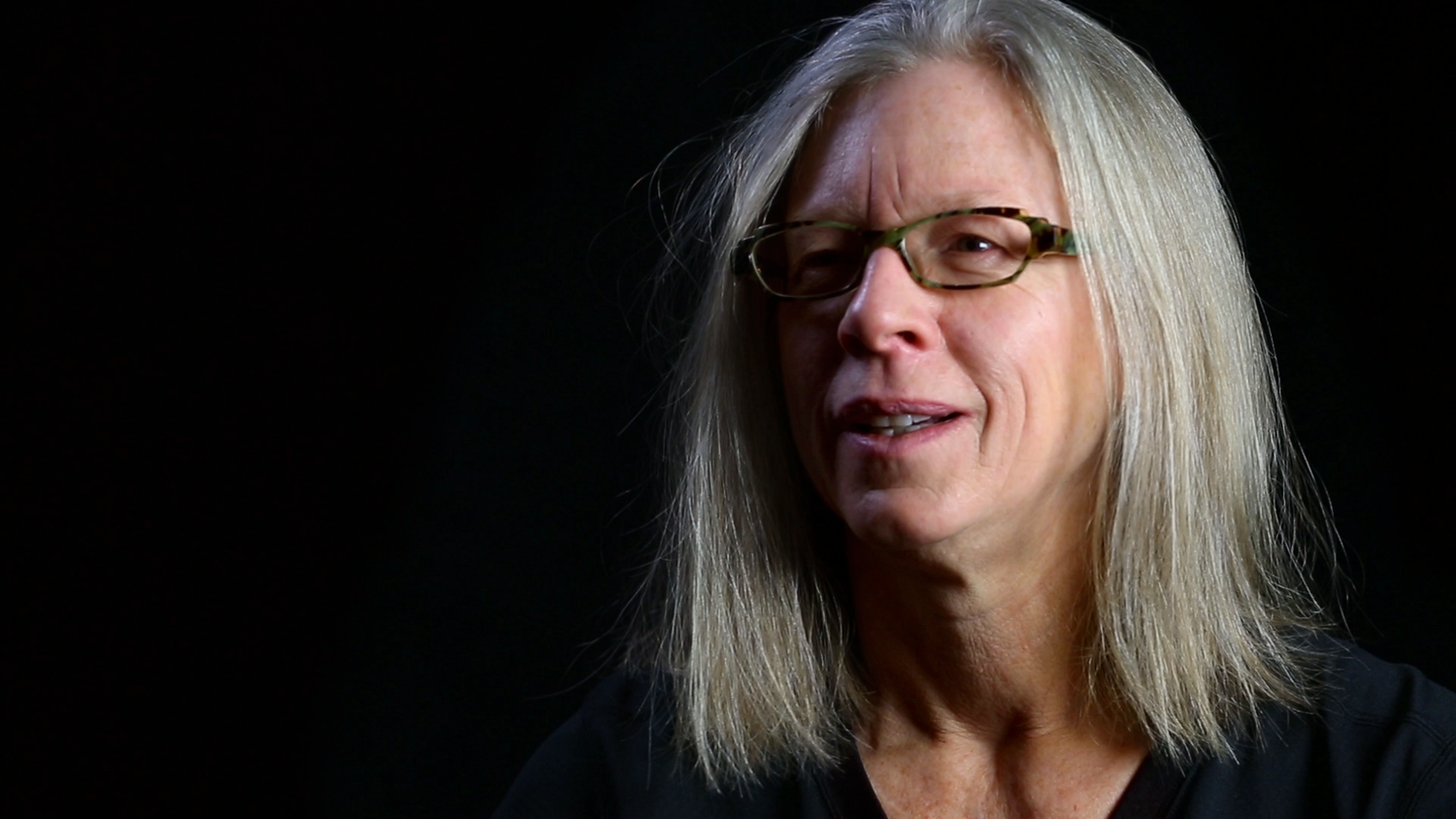
Inspired by the photographs of the Farm Security Administration growing up, Lynn Johnson has spent nearly 35 years as a photojournalist working for LIFE, National Geographic, Sports Illustrated and various foundations.
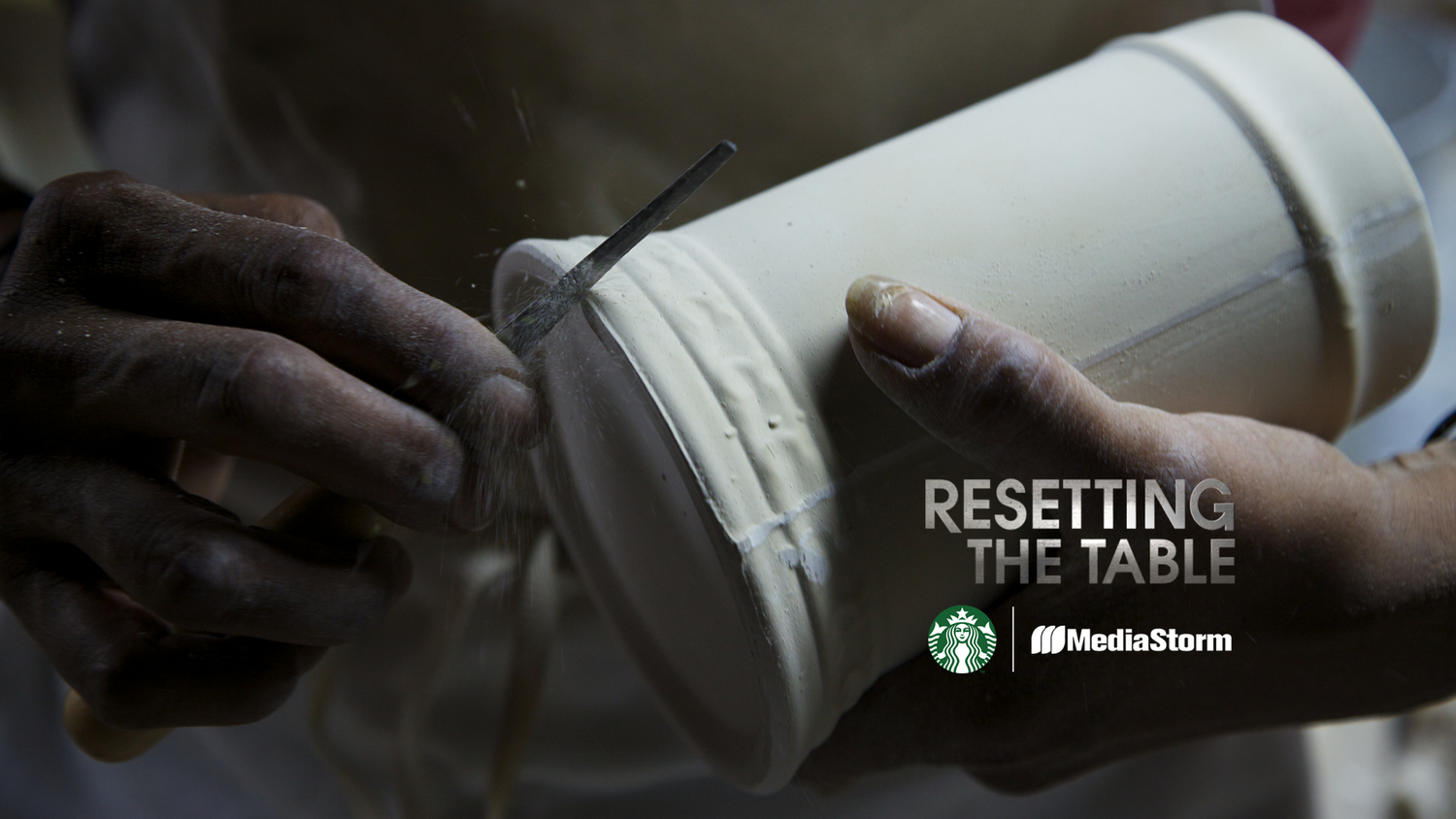
Resetting the Table takes a unique, personal look at the impact Starbucks’ Create Jobs for USA program has had on the American Mug & Stein pottery facility in East Liverpool, Ohio.
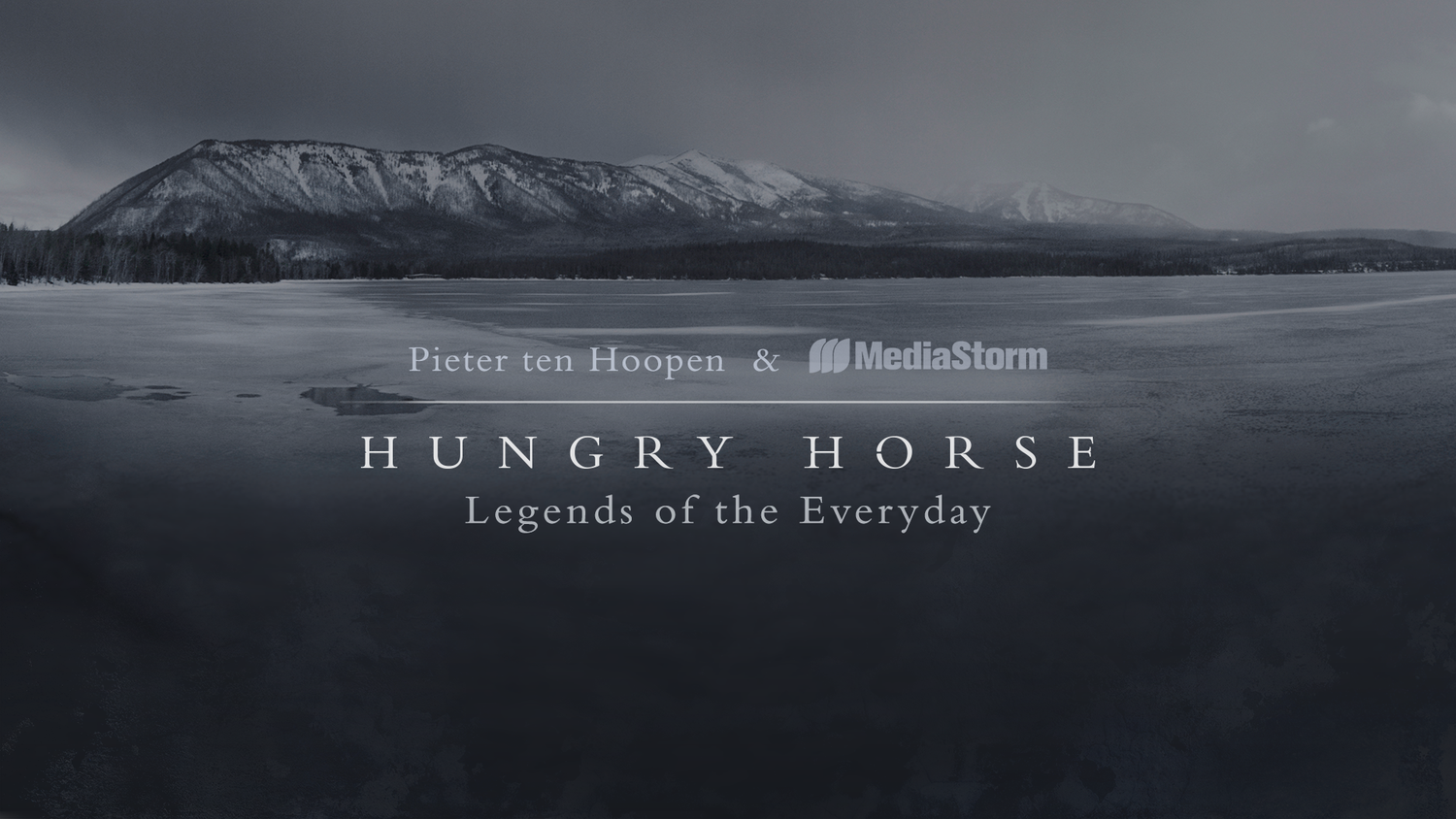
Hungry Horse captures the spirit of renewal, peace and serenity through stunning landscapes and intimate oral histories.
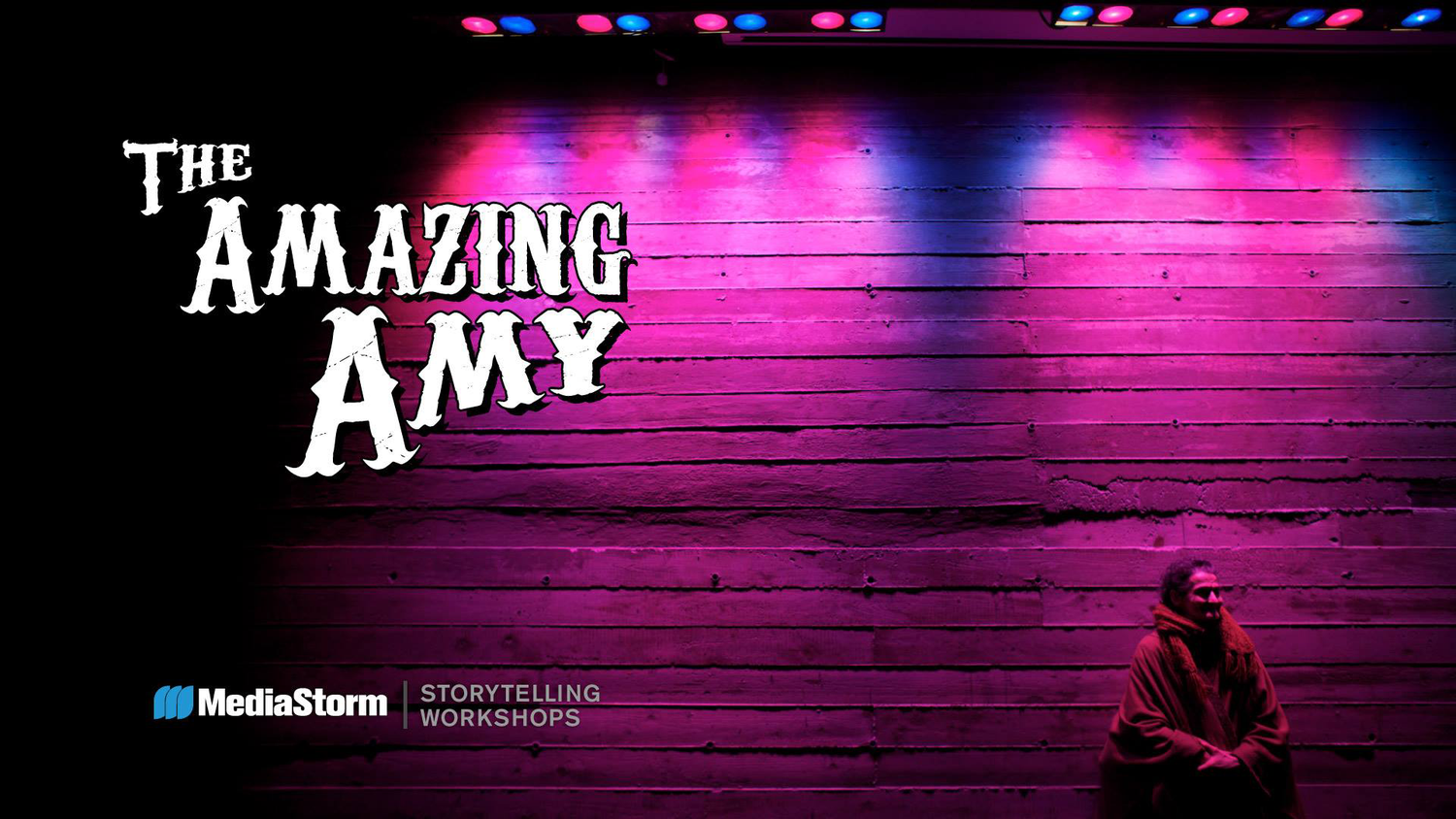
Using humor and a love of fantasy, "The Amazing Amy" Harlib connects with audiences through performing strenuous yoga-based contortion acts in New York City.
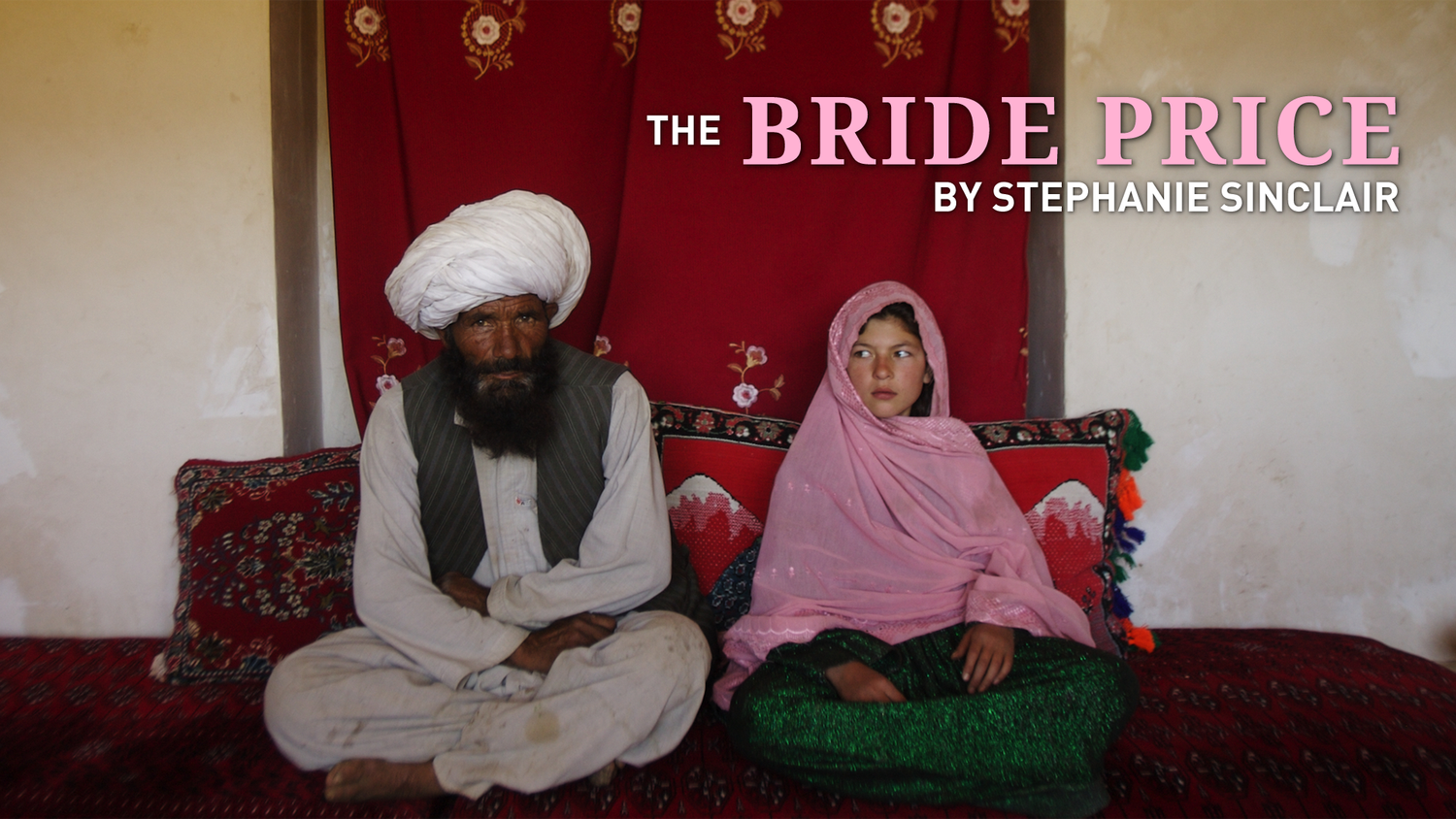
In many countries, girls as young as eight are forced into marriage by their families, culture and economic situation. This practice destroys their chance at education leading to tragic results.
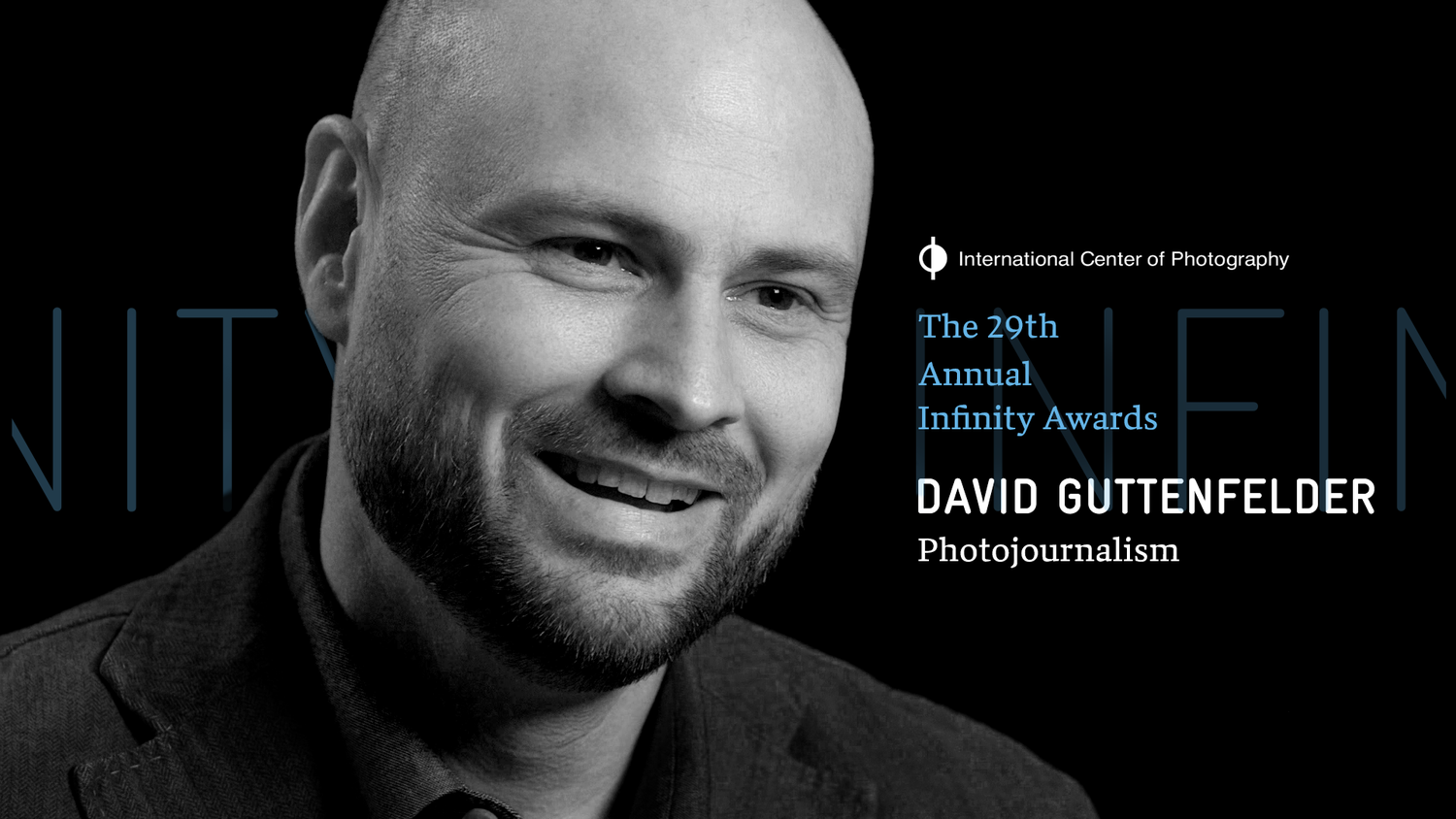
Surreal and mysterious, North Korea was a black hole to outsiders wanting a glimpse of the country. That all changed in 2012, when AP photographer David Guttenfelder led the opening of the bureau's newest office inside the North Korea.
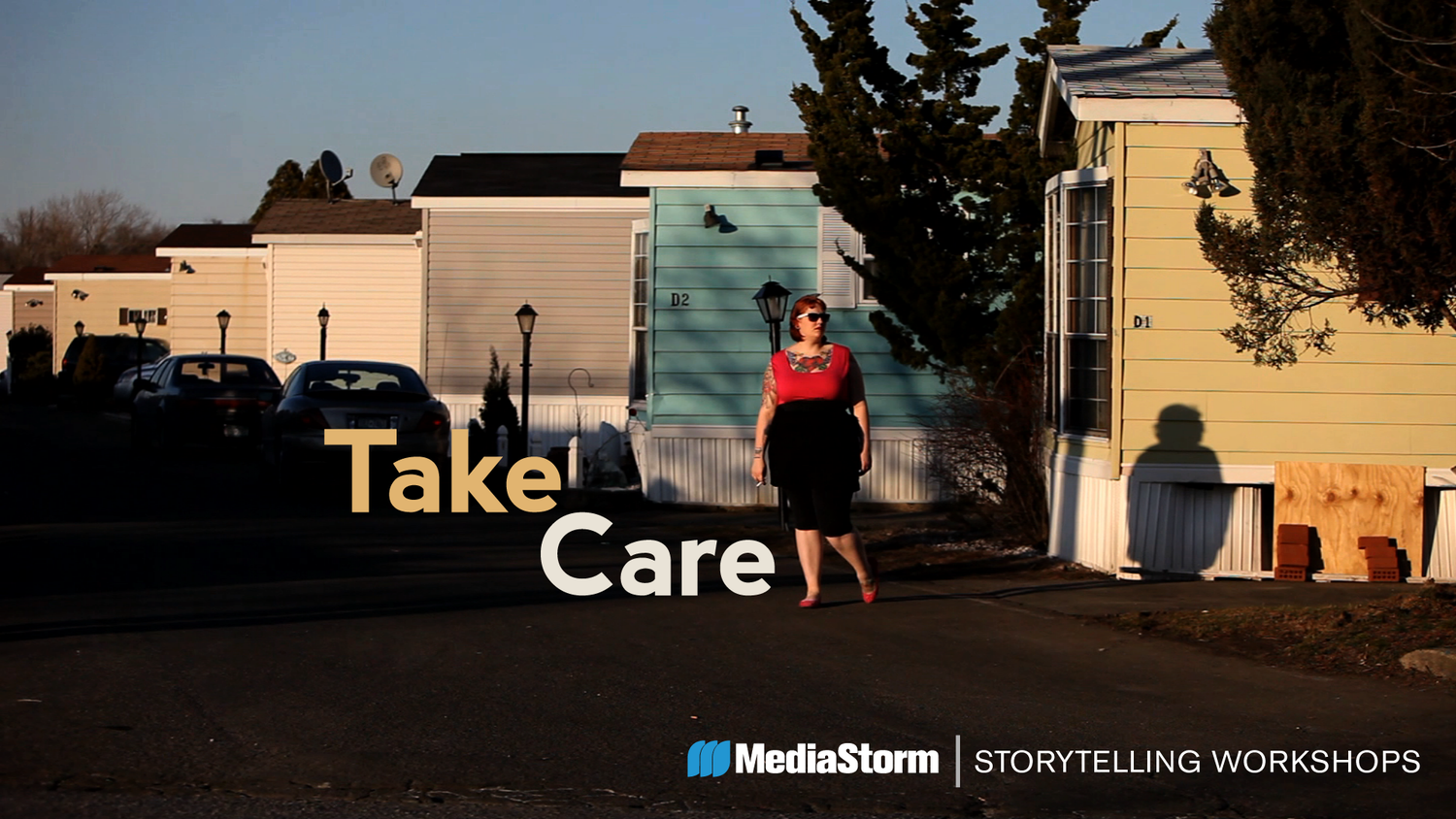
Virginia Gandee's brilliant red hair and dozen tattoos belie the reality of this 22-year-old's life. Inside her family's Staten Island trailer her caregiving goes far beyond the love she has for her daughter.
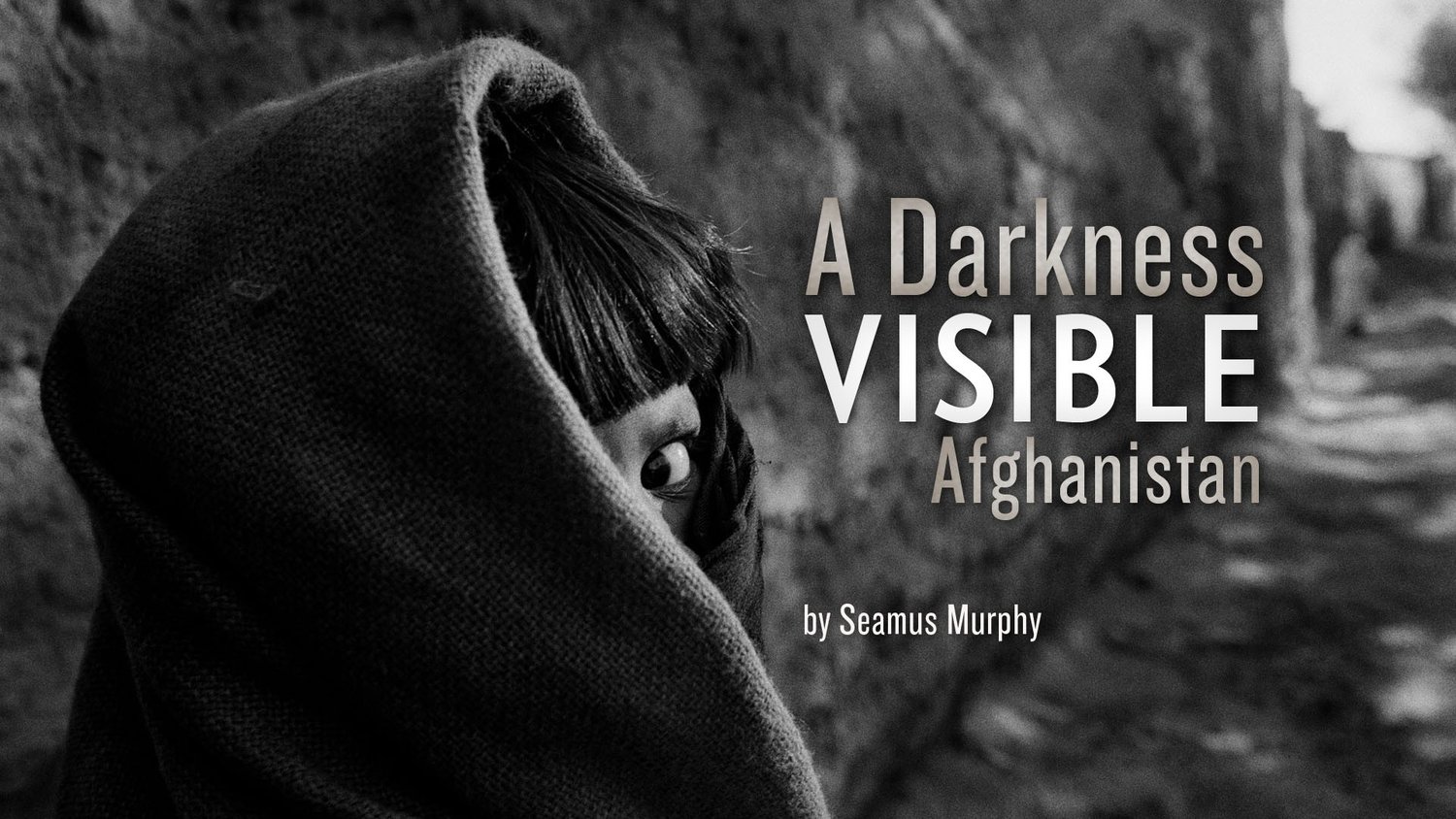
Based on 14 trips to Afghanistan between 1994 and 2010, A Darkness Visible: Afghanistan is the work of photojournalist Seamus Murphy. His work chronicles a people caught time and again in political turmoil, struggling to find their way.
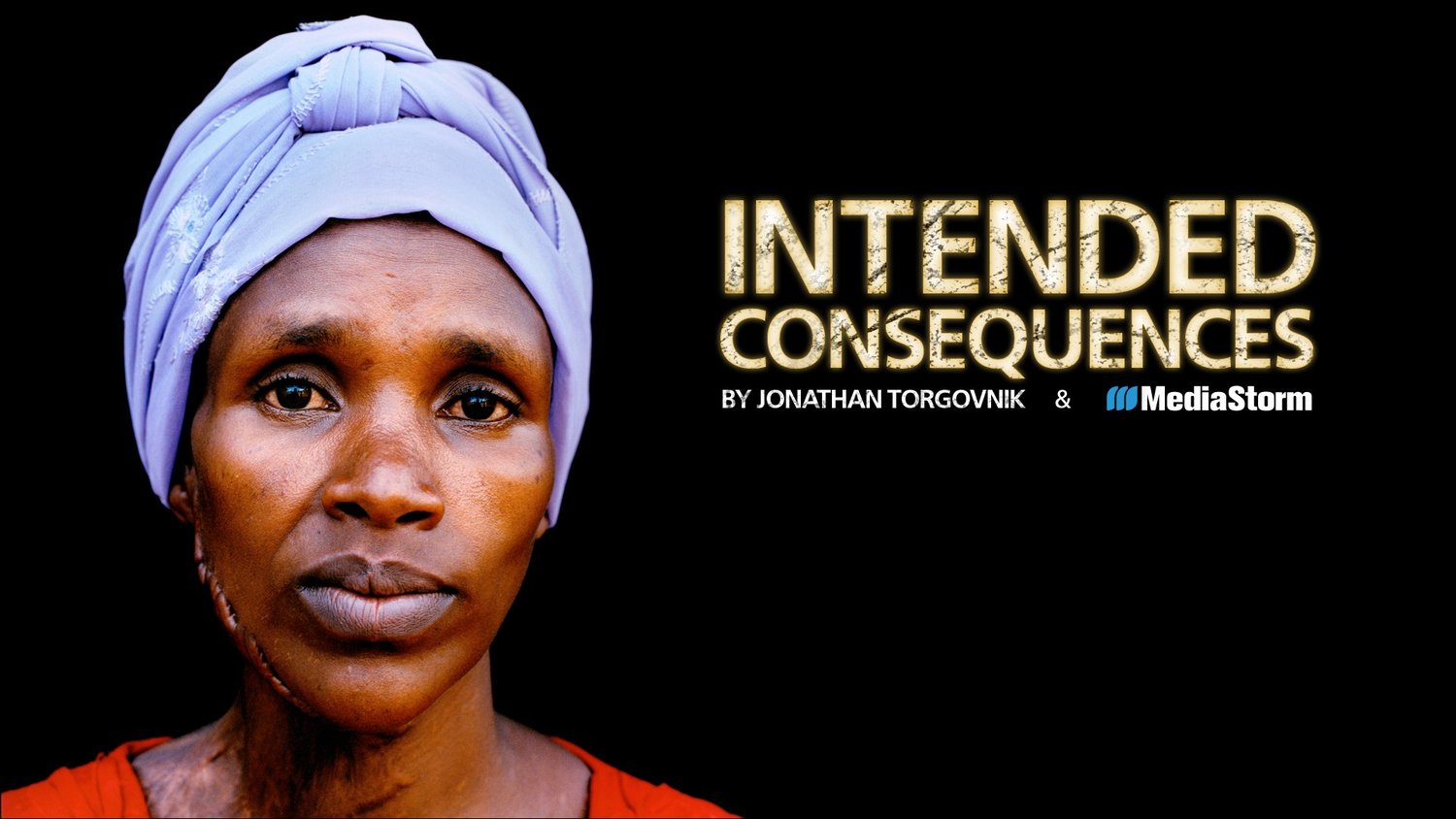
In Rwanda, in 1994, Hutu militia committed a bloody genocide, murdering one million Tutsis. Many of the Tutsi women were spared, only to be held captive and repeatedly raped. Many became pregnant. Intended Consequences tells their stories.
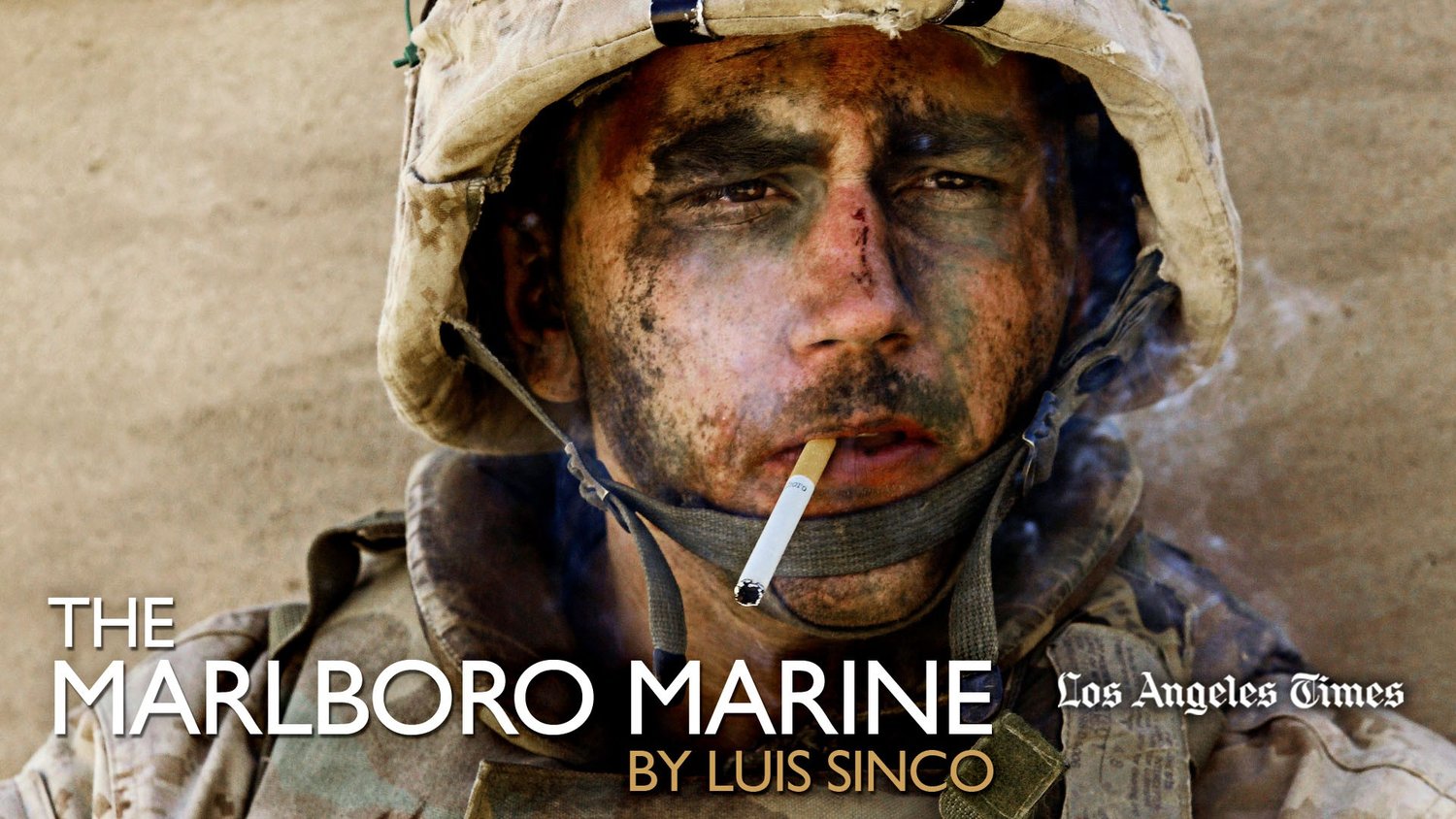
To those who serve in the armed forces, what is the aftereffect of war? The Marlboro Marine is photographer Luis Sinco's portrait of Marine Corporal James Blake Miller, whom he met in Iraq. For Miller, coming home has been its own battle.
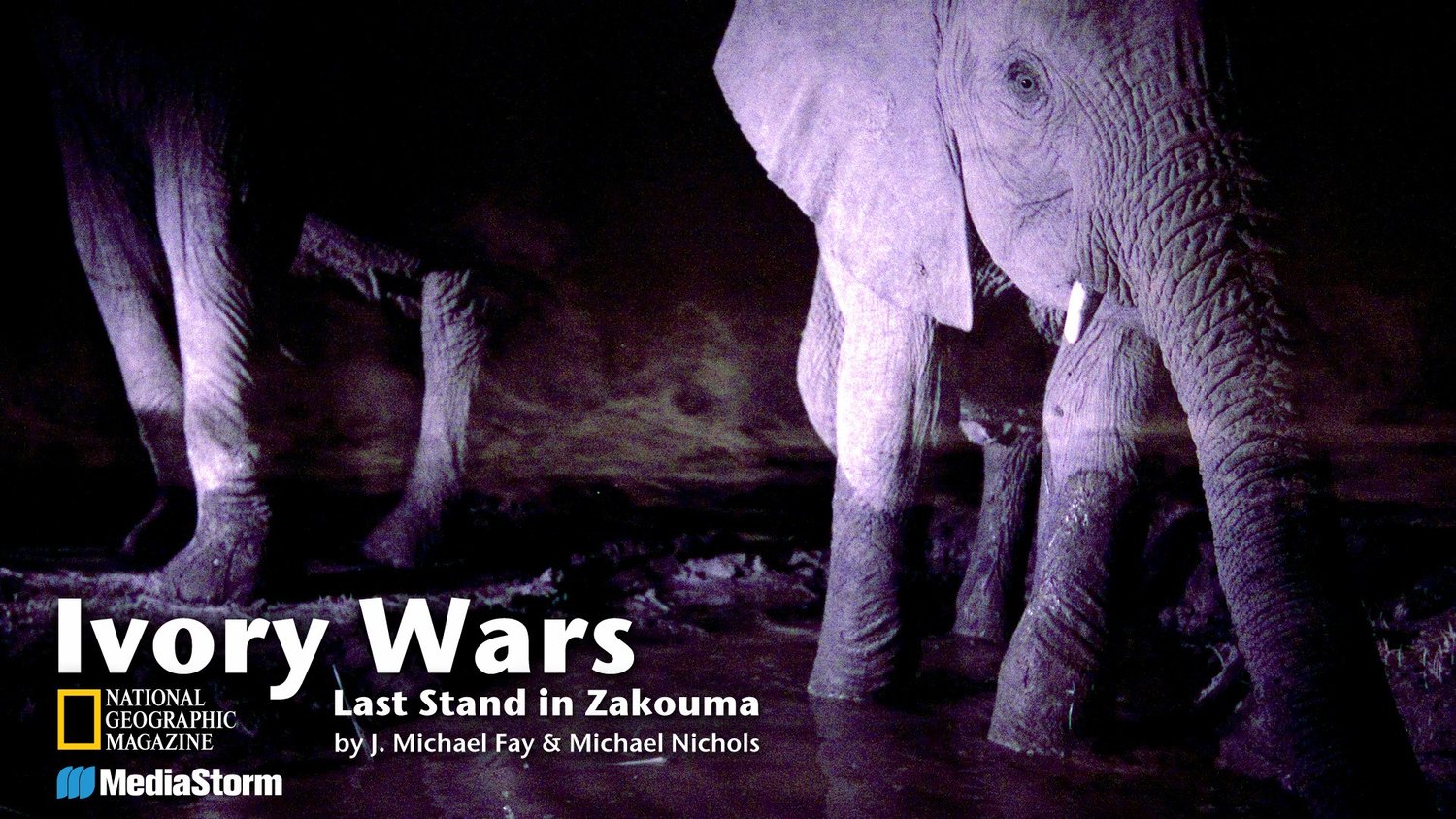
Zakouma National Park is one of the last places on earth where elephants still roam by the thousands. In a land where poachers will slaughter the huge animals for their tusks alone, it takes armed guards to keep them safe.
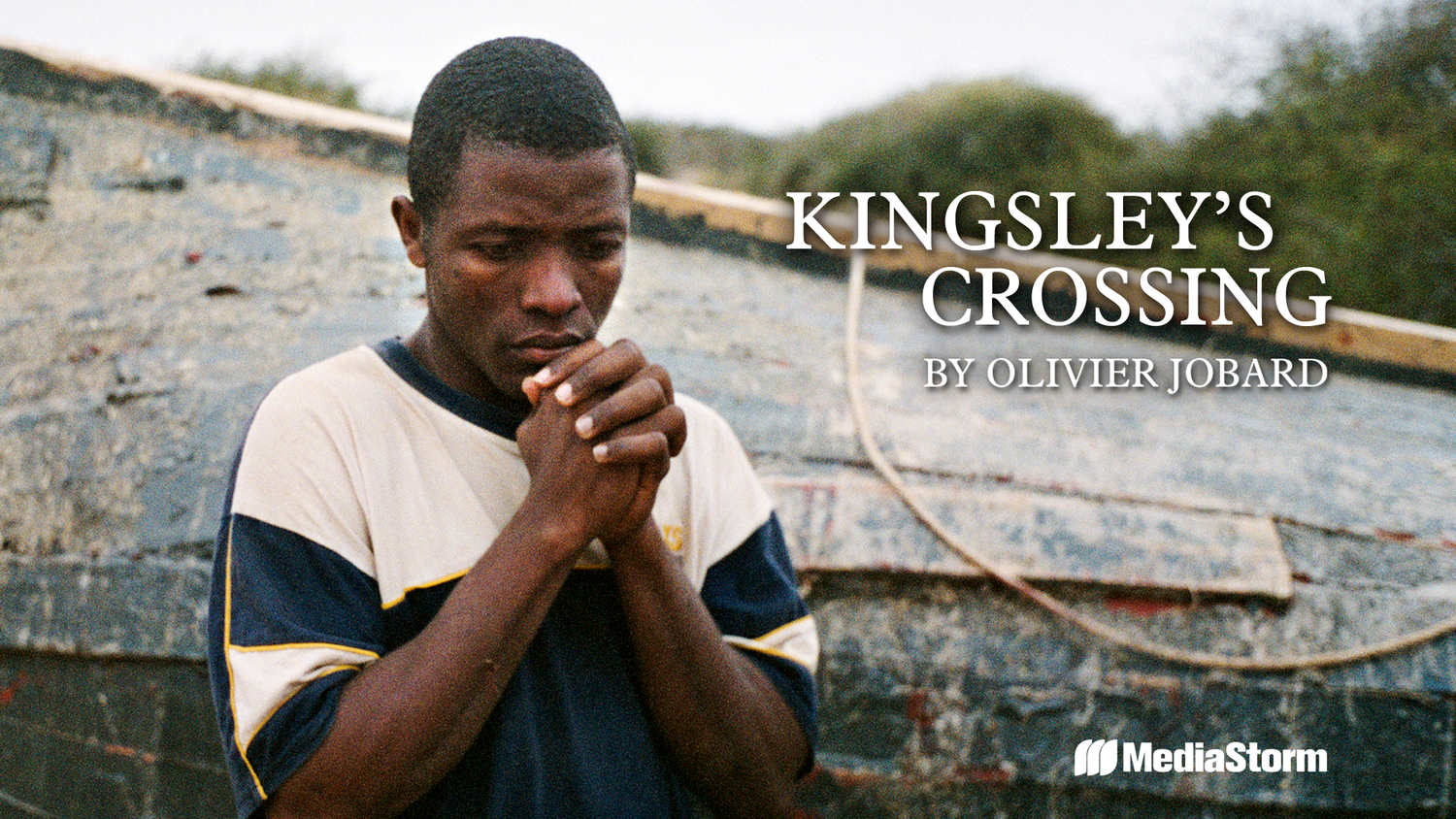
Kingsley's Crossing is the story of one man's dream to leave the poverty of life in Africa for the promised land of Europe. We walk in his shoes, as photojournalist Olivier Jobard accompanies Kingsley on his uncertain and perilous journey.
Collaborate With Us
The MediaStorm Platform is an advanced video platform that extends the user experience beyond linear video to include the interactive capabilities of the Internet.
The MediaStorm Platform is an advanced video platform that extends the user experience beyond linear video to include the interactive capabilities of the Internet.
Follow MediaStorm
Copyright 2025 MediaStorm, LLC | Terms & Conditions | Privacy | Contact
